If you want to live in a zero-waste building or a building that derives one hundred percent of its energy from green power sources, the city’s newest developments are a great place to start your search. Built in compliance with increasingly strict environmental standards, including the soon-to-be-implemented Local Law 97, most of New York City’s newest buildings are more energy-efficient than buildings constructed in previous eras. Despite this fact, purchasing a new unit, even in a LEED-certified building, isn’t the only way to make an environmentally conscious choice when investing in real estate. If you care about the environment, there are also compelling reasons to invest in existing properties. This article explores why investing in existing properties may be better for the environment and how to find the greenest buildings on the resale market.
In this article:
The environmental benefits of investing in existing properties
According to the United States Environmental Protection Agency (EPA), 600 million tons of construction and demolition materials were generated in 2018. New construction accounted for just 10 percent of this 600 million ton of debris, with demolitions accounting for the rest and much of that debris coming from the demolitions of existing buildings. While recycling programs divert a growing percentage of demolition debris away from landfills, an estimated 145 million tons of debris were still being sent directly to landfill sites as of 2018. Given the negative environmental impact of destroying existing buildings, a growing number of researchers have concluded that building reuse is still nearly always better for the environment than replacing older buildings with new energy-efficient developments.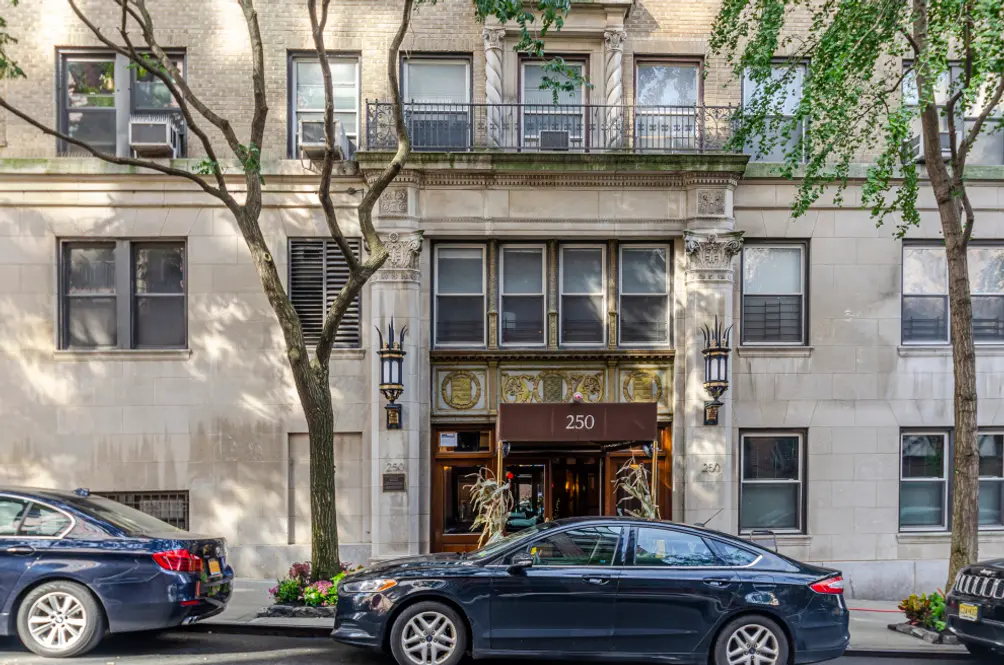 A number of older buildings have incorporated environmentally friendly features, such as The Stanton on the Upper West Side. (Compass)
A number of older buildings have incorporated environmentally friendly features, such as The Stanton on the Upper West Side. (Compass)
How to find an eco-friendly property in New York City
If you’re opting to invest in an older building, you’re arguably already making an environmentally conscious choice by supporting building reuse. Still, this doesn’t mean that all older buildings are built alike. Also, contrary to common belief, the age of a building may or may not impact its eco-friendly status. In fact, in some cases, a property built in the 1940s may have a much higher energy rating than a property built in the 1990s since much depends on decisions made over the years to upgrade and invest in energy-saving additions.A simple way to find out if an existing building is on track to help meet New York City’s ambitious goal of reducing greenhouse gas emissions by 40 percent by 2030 and 80 percent by 2050 is to focus on four building ratings and initiatives.
Energy Star rating
First, if you’re considering investing in a property in a building that is 25,000 square feet or larger, it must, by law, publicly post its Energy Grade. The system, which rates buildings on a scale from A through D, is meant to provide the public with a snapshot of a building’s energy efficiency level. Although enforced locally, the system is based on the EPA’s Energy Star system. In a nutshell, Energy Star's core algorithm estimates how much energy a building would use if it were performing at its best, accounting for various factors, including the building size and local weather conditions. The system then compares each building’s actual energy use based on data provided by the building’s management team and assigns a score out of 100, which is then converted into a letter grade. A score of 85 or higher is equivalent to an A, and indicates that the building is well on its way to meeting targets to become more energy efficient and reduce greenhouse gas emissions.
First, if you’re considering investing in a property in a building that is 25,000 square feet or larger, it must, by law, publicly post its Energy Grade. The system, which rates buildings on a scale from A through D, is meant to provide the public with a snapshot of a building’s energy efficiency level. Although enforced locally, the system is based on the EPA’s Energy Star system. In a nutshell, Energy Star's core algorithm estimates how much energy a building would use if it were performing at its best, accounting for various factors, including the building size and local weather conditions. The system then compares each building’s actual energy use based on data provided by the building’s management team and assigns a score out of 100, which is then converted into a letter grade. A score of 85 or higher is equivalent to an A, and indicates that the building is well on its way to meeting targets to become more energy efficient and reduce greenhouse gas emissions.
Solar energy
While solar energy is most often found in newly constructed buildings, a growing number of existing buildings have already installed solar panels on their rooftops thanks to federal, state, and local incentives, including those provided by the NYC Retrofit Accelerator program. If you’re investing in an older property, find out if the co-op or condo board has already invested or is open to investing in a solar project to help reduce the building’s reliance on non-renewable energy sources.
While solar energy is most often found in newly constructed buildings, a growing number of existing buildings have already installed solar panels on their rooftops thanks to federal, state, and local incentives, including those provided by the NYC Retrofit Accelerator program. If you’re investing in an older property, find out if the co-op or condo board has already invested or is open to investing in a solar project to help reduce the building’s reliance on non-renewable energy sources.
Zero Waste policy
While few buildings can boast about having a zero-waste policy (565 Broome Street, which completed construction in 2019, is still among the city's few buildings that hold this rare status), a growing number of buildings are working to move toward Zero Waste. One sure sign that this goal is part of a building’s mandate is to find out whether or not they have a composting program. While the city’s curbside composting program was put on hold during the pandemic, it is now up and running again in select Community Boards in the Bronx and Manhattan, and available for ALL Brooklyn and Queens residents. The entirety of the Bronx, Manhattan, and Staten Island is expected to receive service beginning in October 2024.
While few buildings can boast about having a zero-waste policy (565 Broome Street, which completed construction in 2019, is still among the city's few buildings that hold this rare status), a growing number of buildings are working to move toward Zero Waste. One sure sign that this goal is part of a building’s mandate is to find out whether or not they have a composting program. While the city’s curbside composting program was put on hold during the pandemic, it is now up and running again in select Community Boards in the Bronx and Manhattan, and available for ALL Brooklyn and Queens residents. The entirety of the Bronx, Manhattan, and Staten Island is expected to receive service beginning in October 2024.
Green roofs and white roofs
In addition to solar, consider whether the building has or has plans to install a green or white roof. Although not all buildings can withstand the weight of a green roof, if possible, the impact can be significant. According to the NYC Department of Design and Construction, “When the roof of a building is partially or completely covered with vegetation, it can absorb rainwater, provide insulation, create a wildlife habitat, lower urban air temperatures and reduce heat island effect.” Notably, “heat islands” are found in urban areas where human-made materials, including cement and pavement, dominate the landscape and trap heat.
While green roofs are the most effective way to counteract the heat island effect, they aren’t the only option. In buildings unable to withstand the weight of a green roof, simply switching from a black to a white roof can also help reduce the impact of heat island effect.
In addition to solar, consider whether the building has or has plans to install a green or white roof. Although not all buildings can withstand the weight of a green roof, if possible, the impact can be significant. According to the NYC Department of Design and Construction, “When the roof of a building is partially or completely covered with vegetation, it can absorb rainwater, provide insulation, create a wildlife habitat, lower urban air temperatures and reduce heat island effect.” Notably, “heat islands” are found in urban areas where human-made materials, including cement and pavement, dominate the landscape and trap heat.
While green roofs are the most effective way to counteract the heat island effect, they aren’t the only option. In buildings unable to withstand the weight of a green roof, simply switching from a black to a white roof can also help reduce the impact of heat island effect.
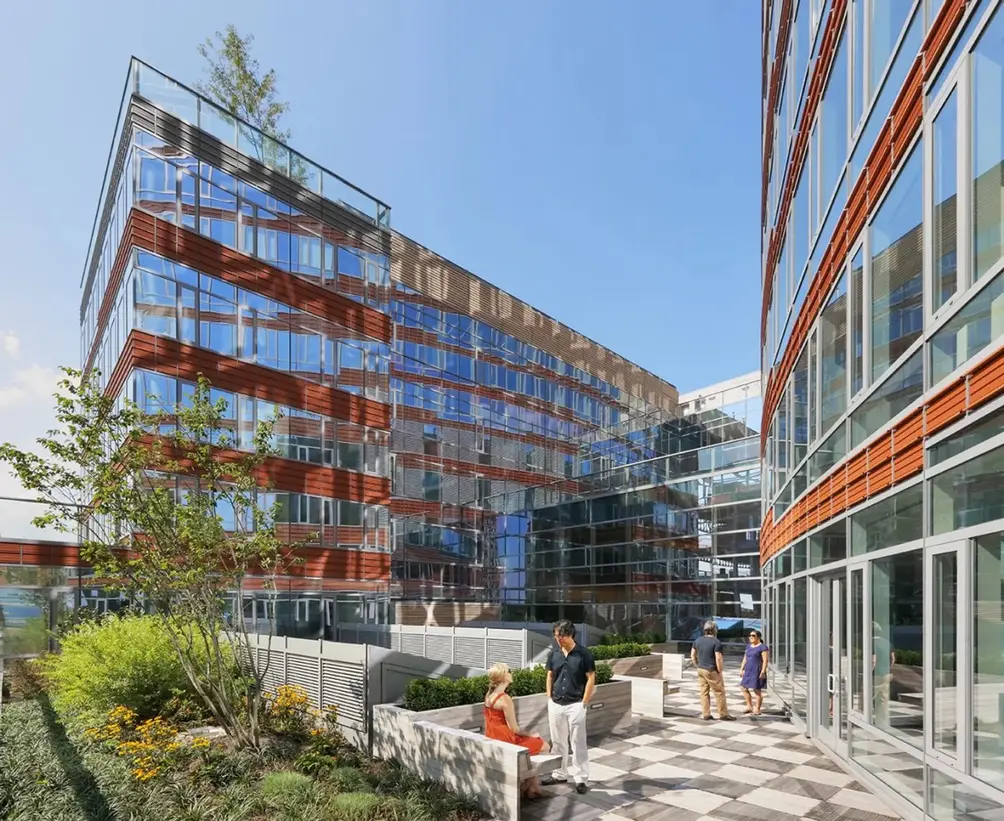 The Visionaire
The Visionaire
Active listings in buildings with environmentally-conscious features
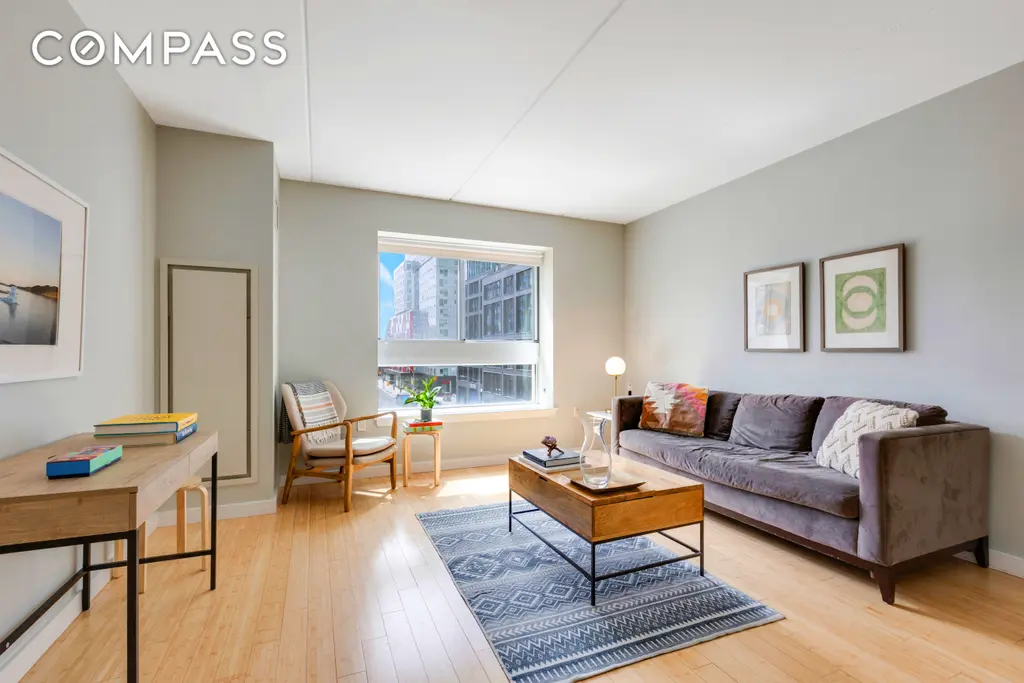
Atlantic Terrace, #4H (Compass)

Would you like to tour any of these properties?
Just complete the info below.
Or call us at (212) 755-5544
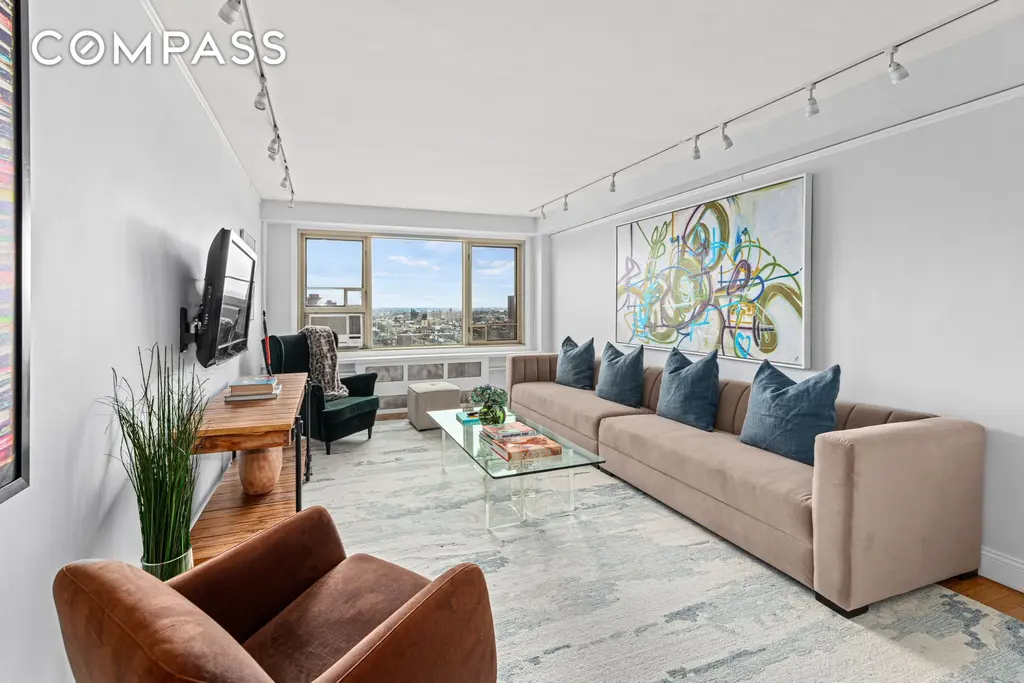
Cabrini Terrace, #14E (Compass)
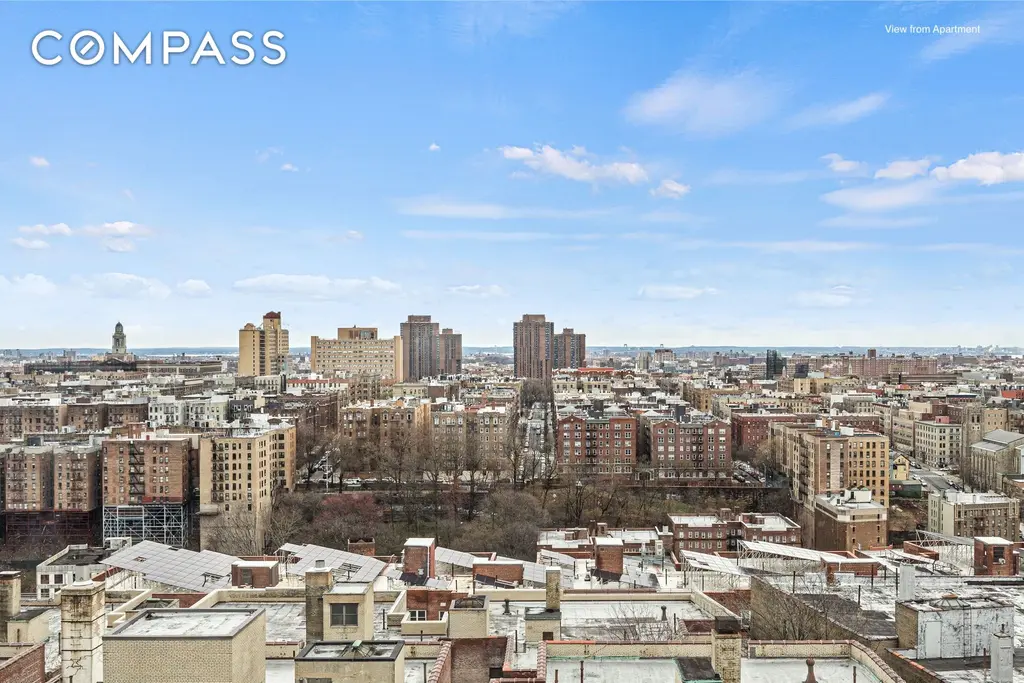
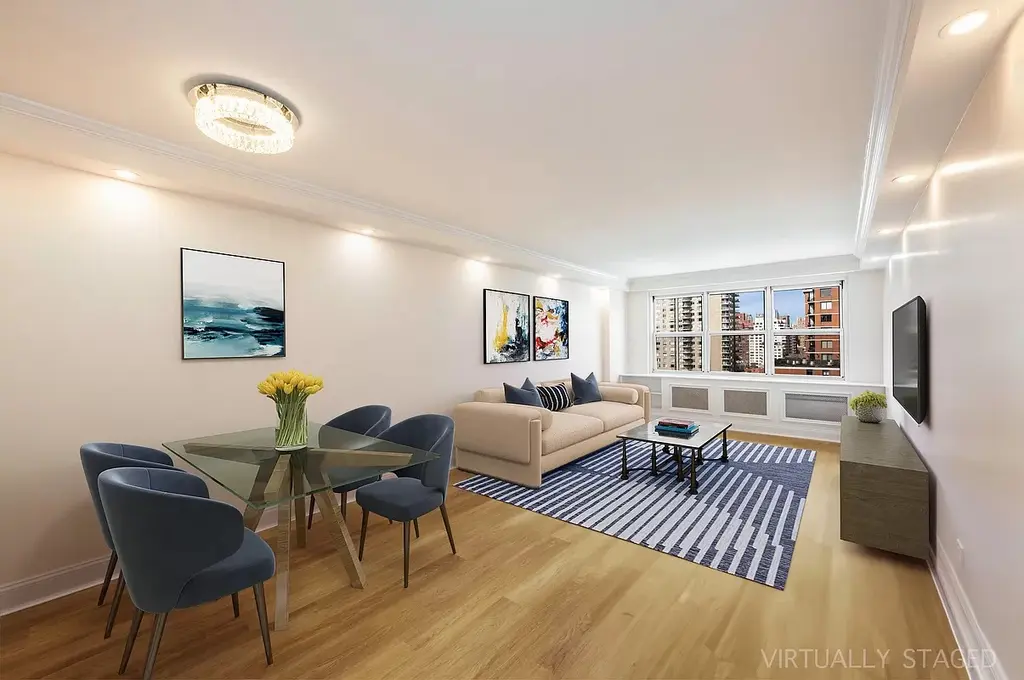
The Amherst, #18G (Berkshire Hathaway HomeServices New York Properties)
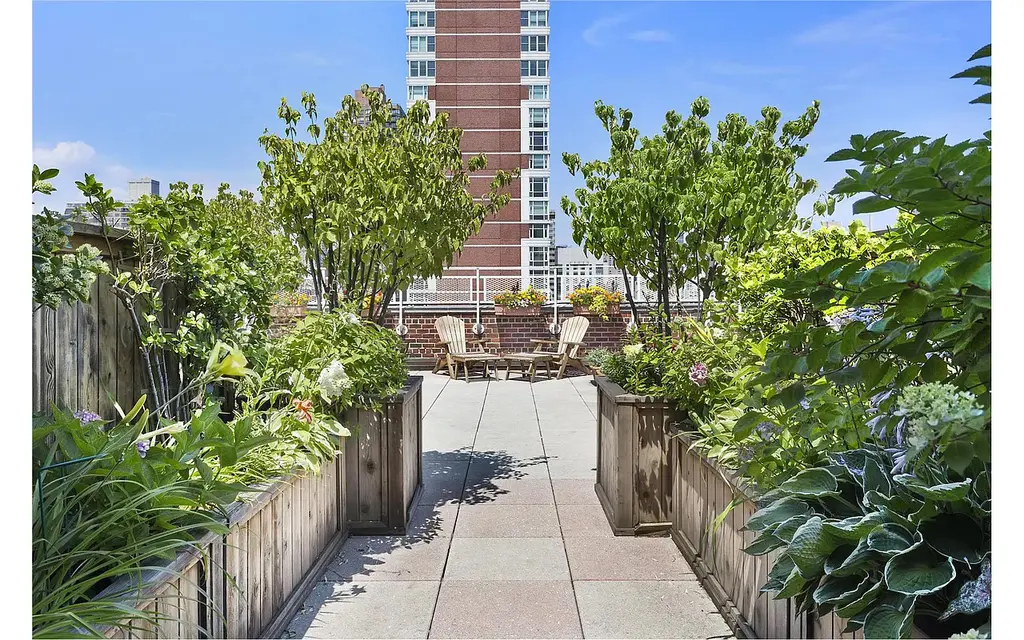
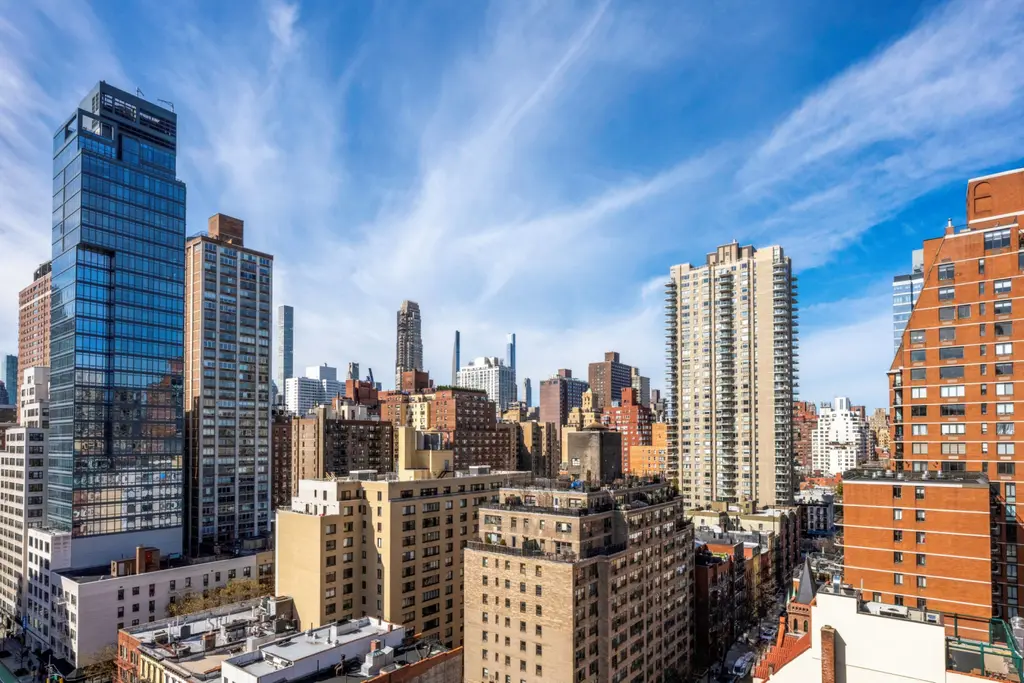
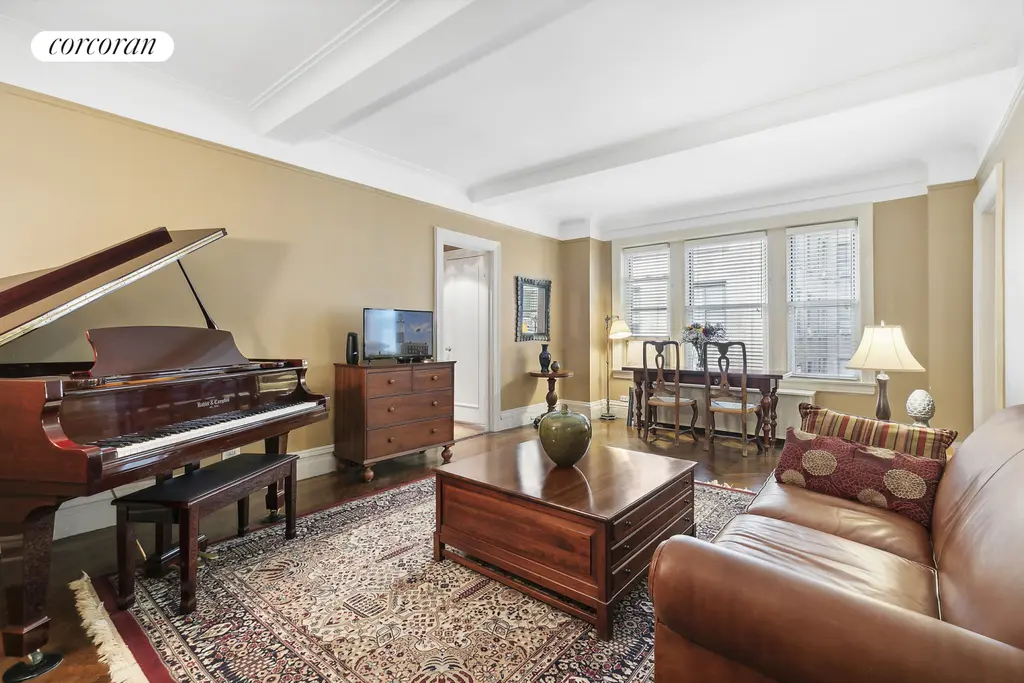
The Stanton, #3K (Corcoran Group)
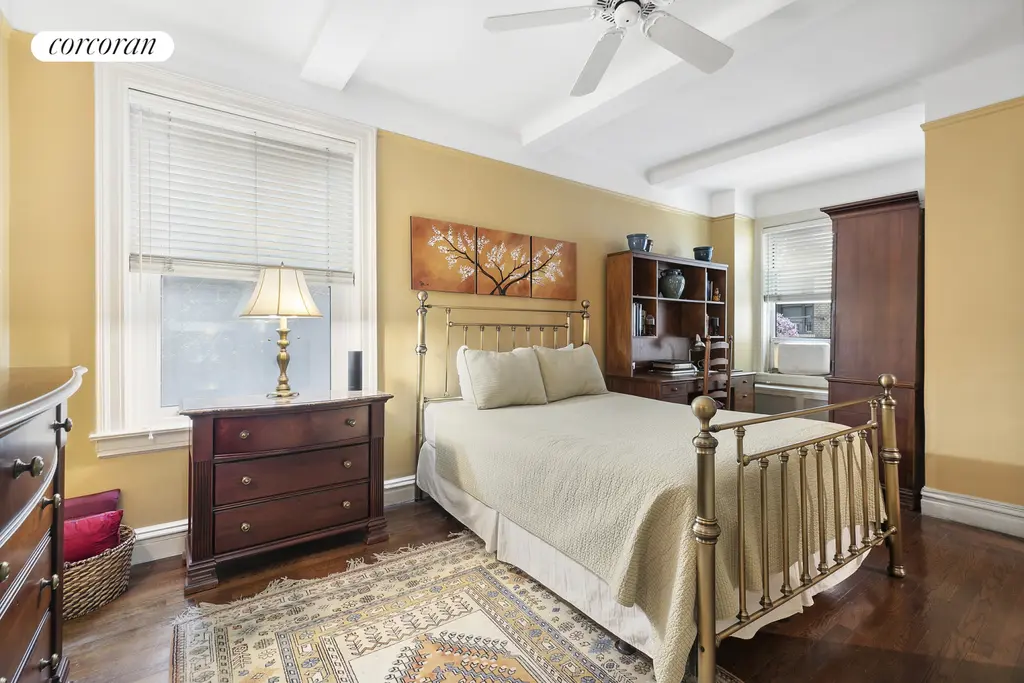
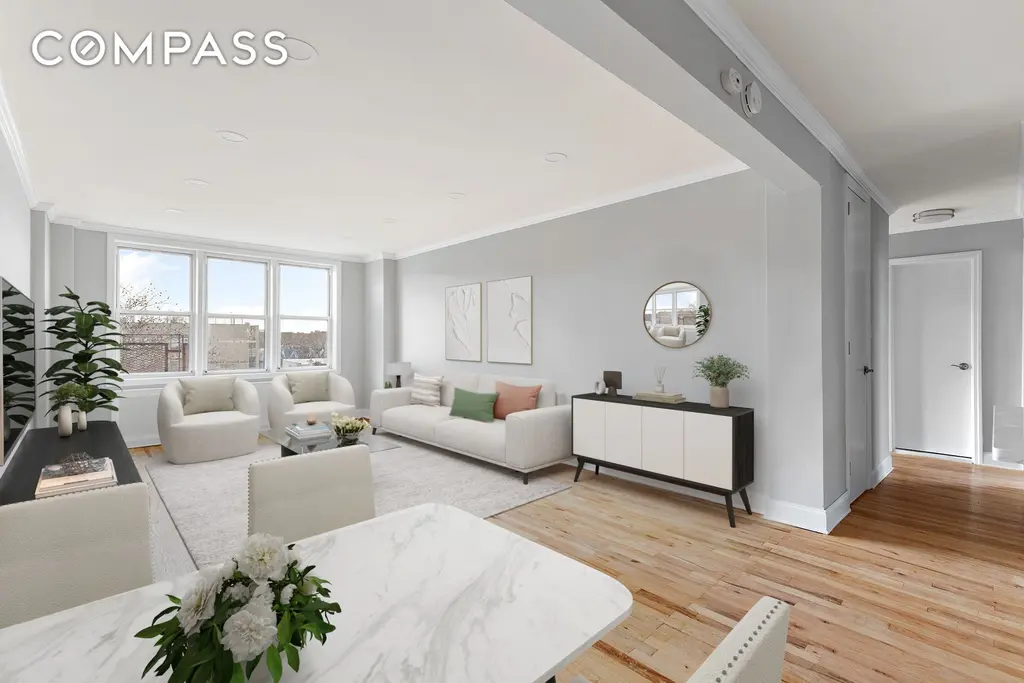
227 Ocean Parkway, #6E (Compass)
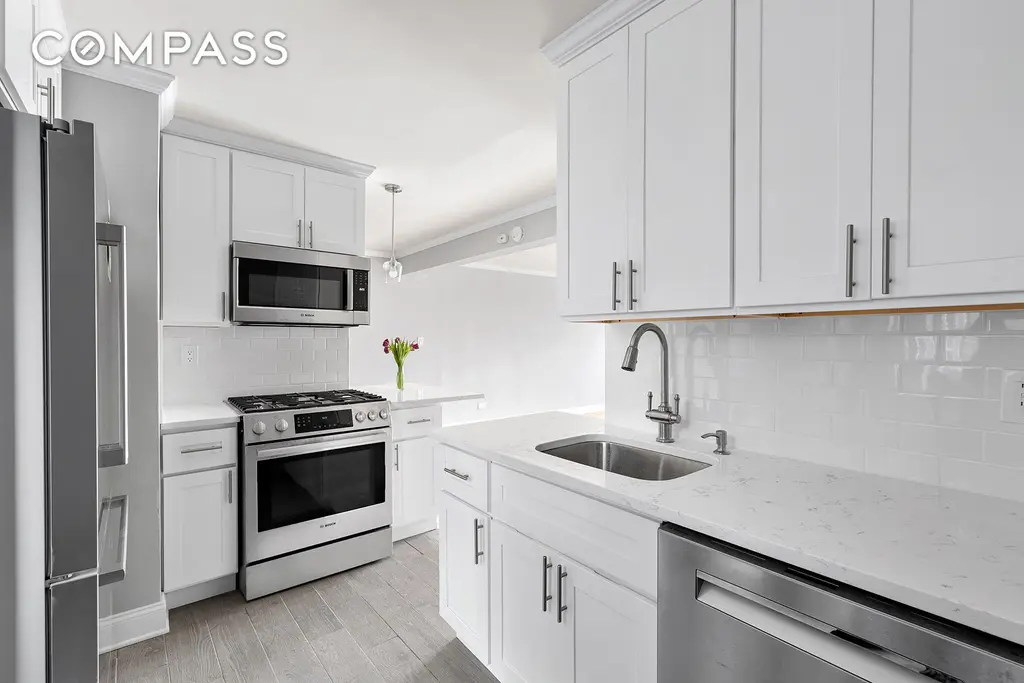
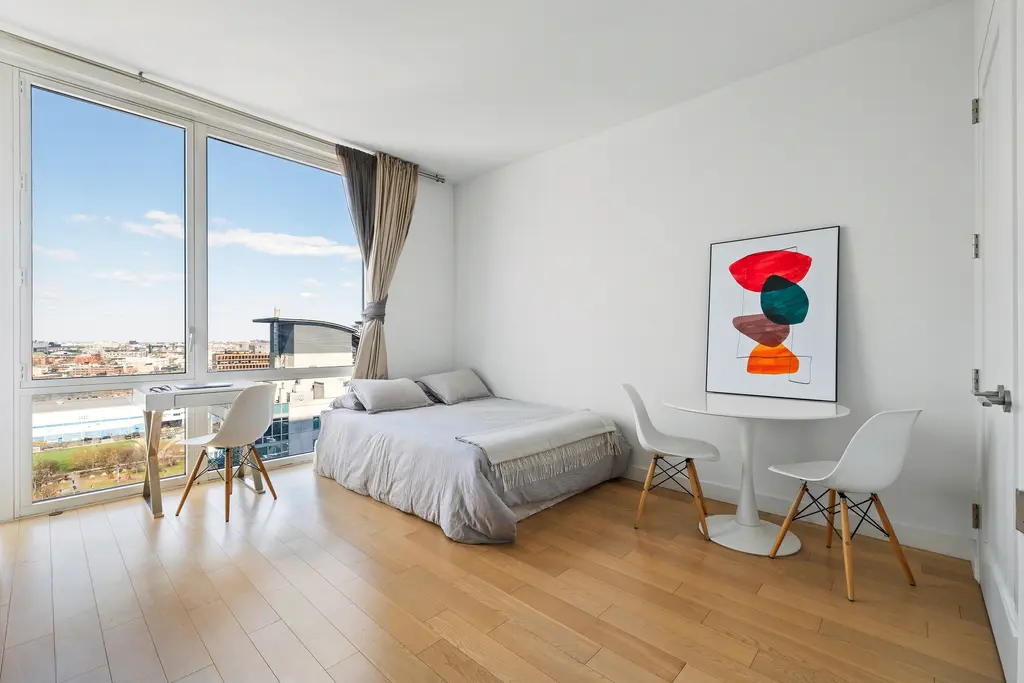
The Edge South Tower, #21F (Nest Seekers LLC)
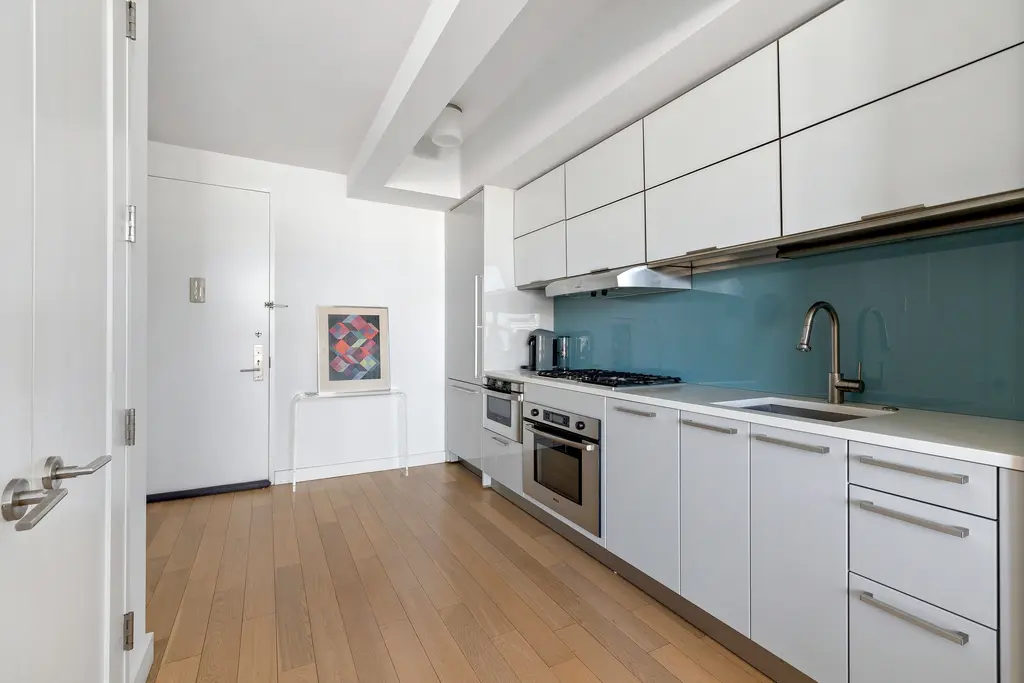

Tribeca Green, #12F (Corcoran Sunshine Marketing Group)

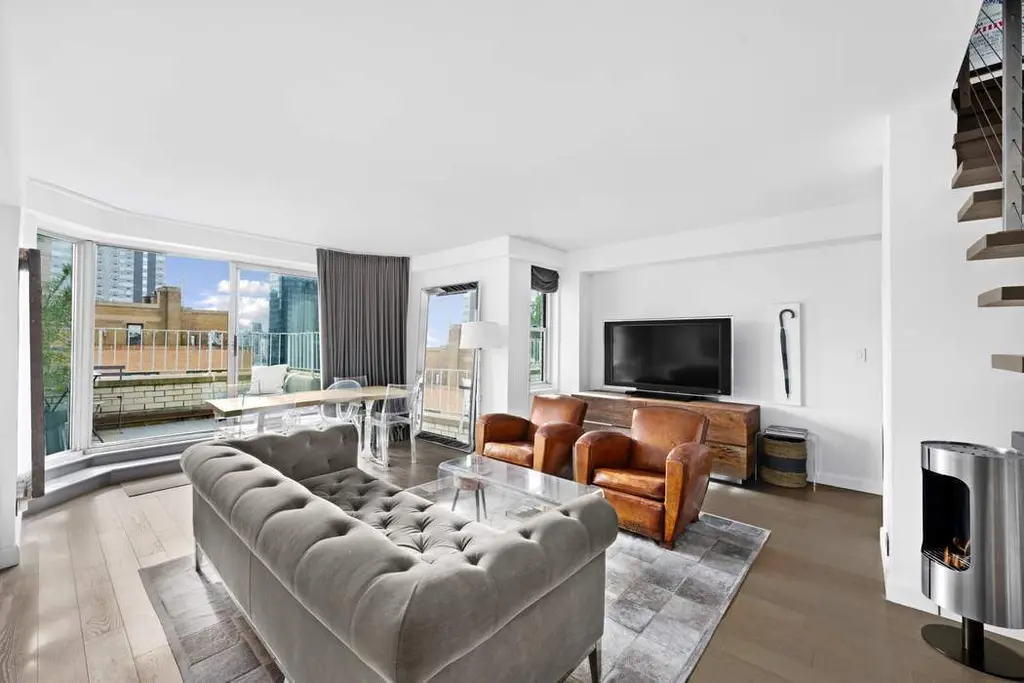
The Frost House, #PHE (Sothebys International Realty)

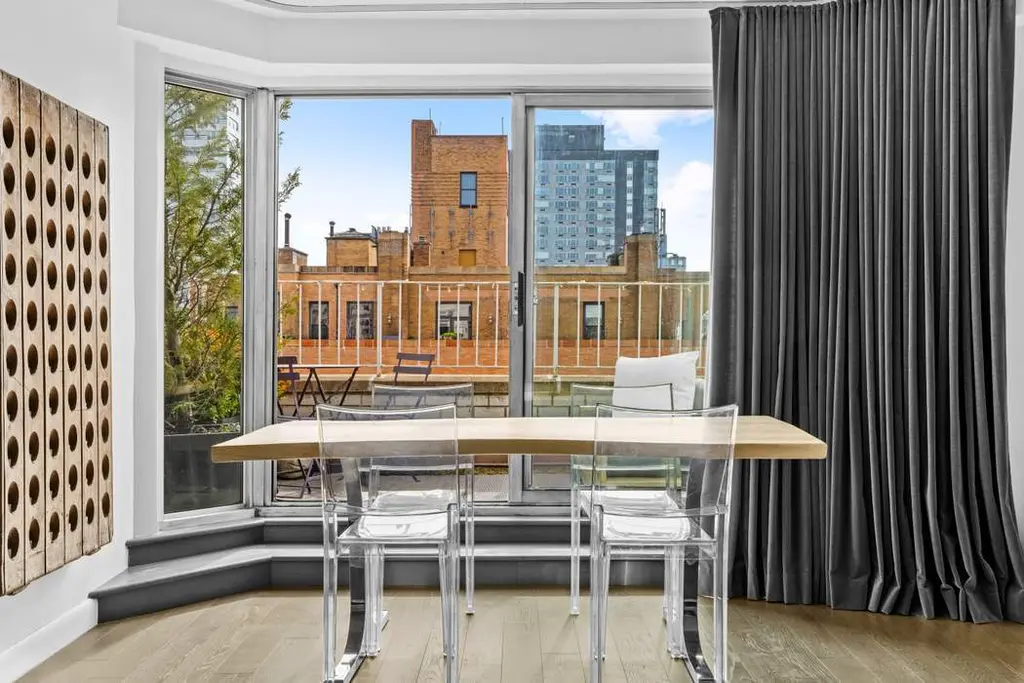

Third + Bond, #5 (Corcoran Group)
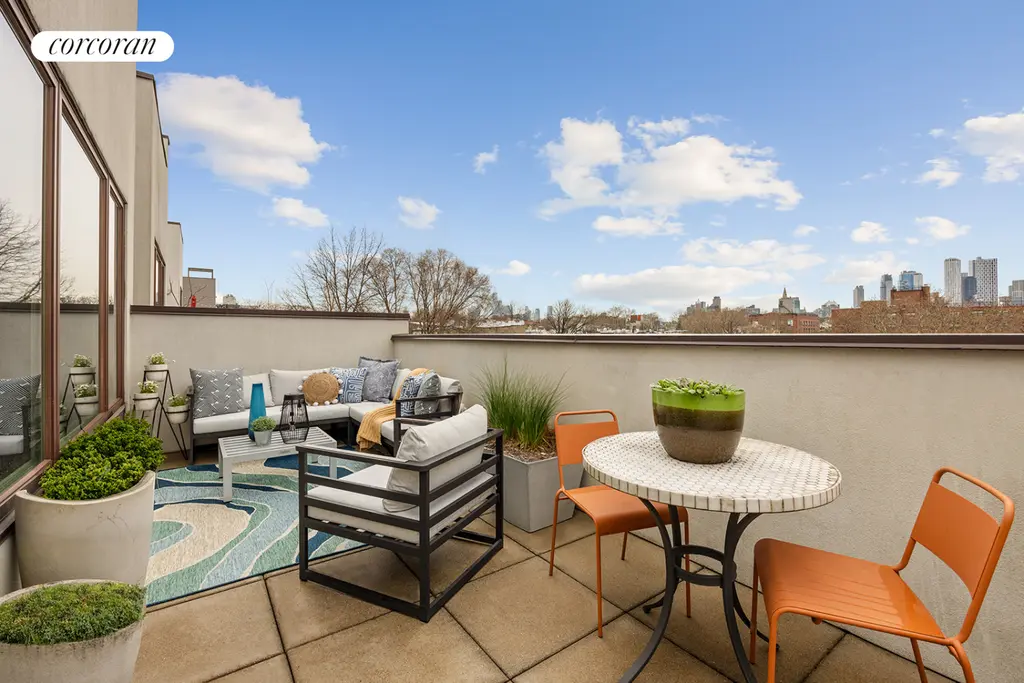
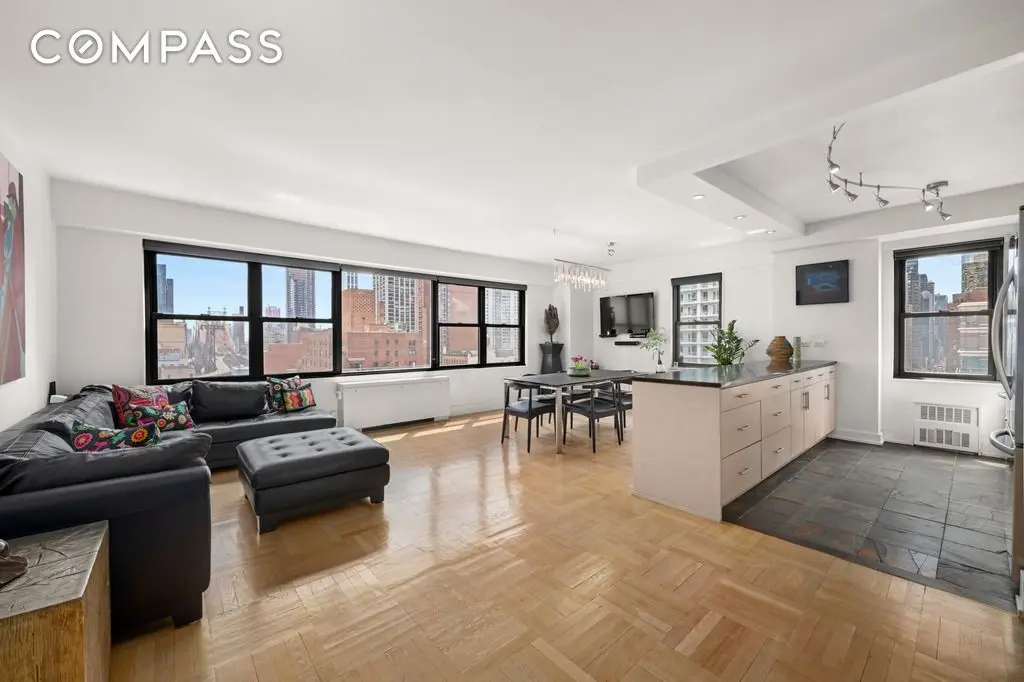
166 East 61st Street, #14JK (Compass)
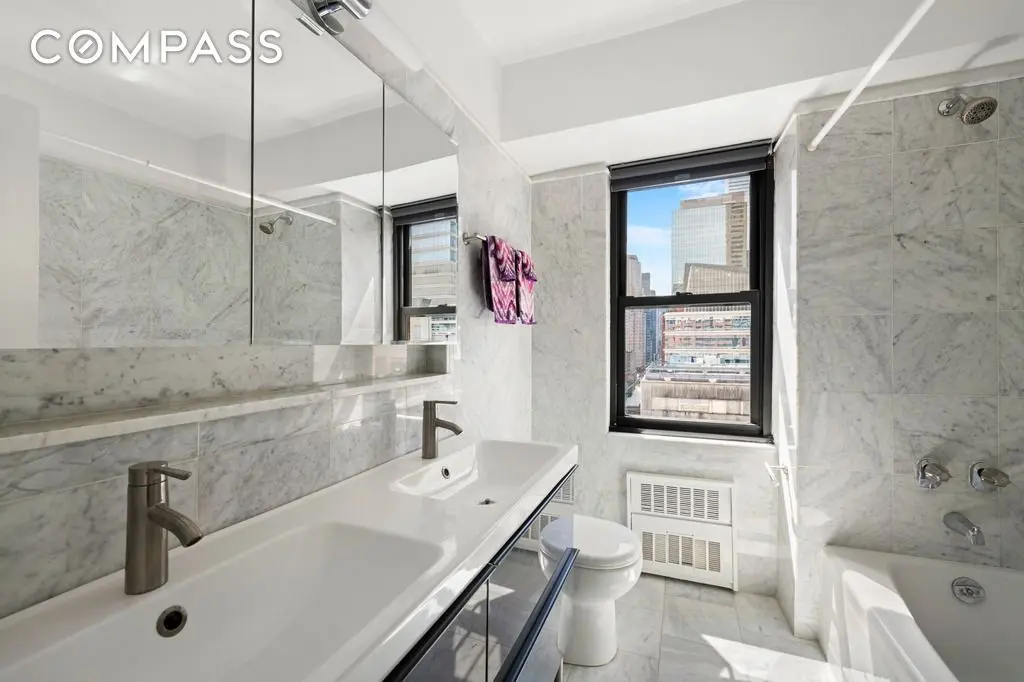
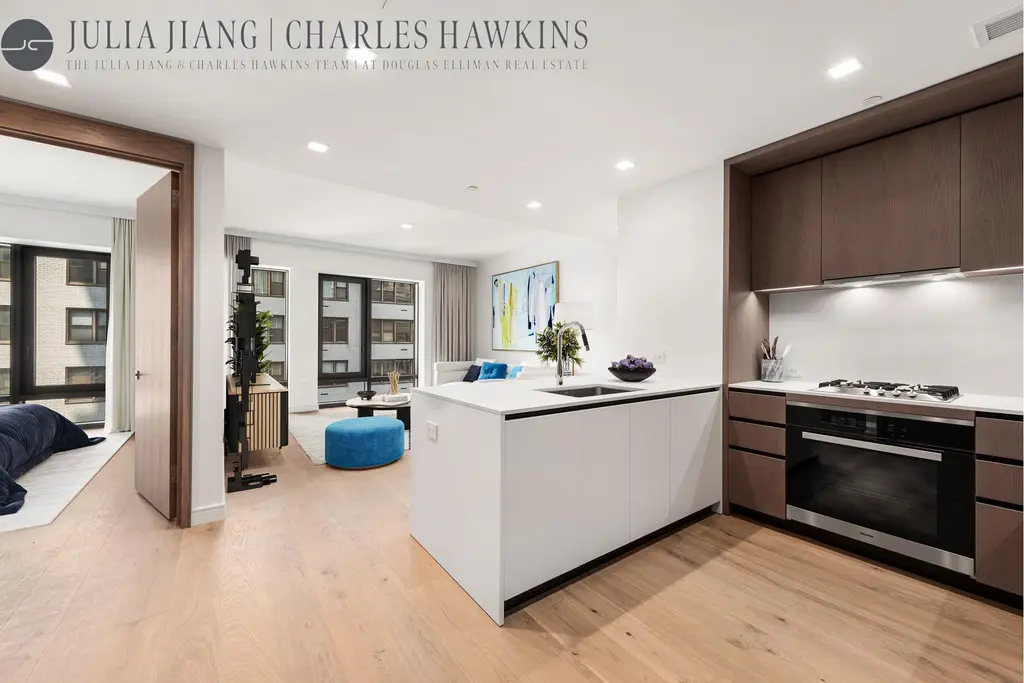
200E21, #6D (Douglas Elliman Real Estate)
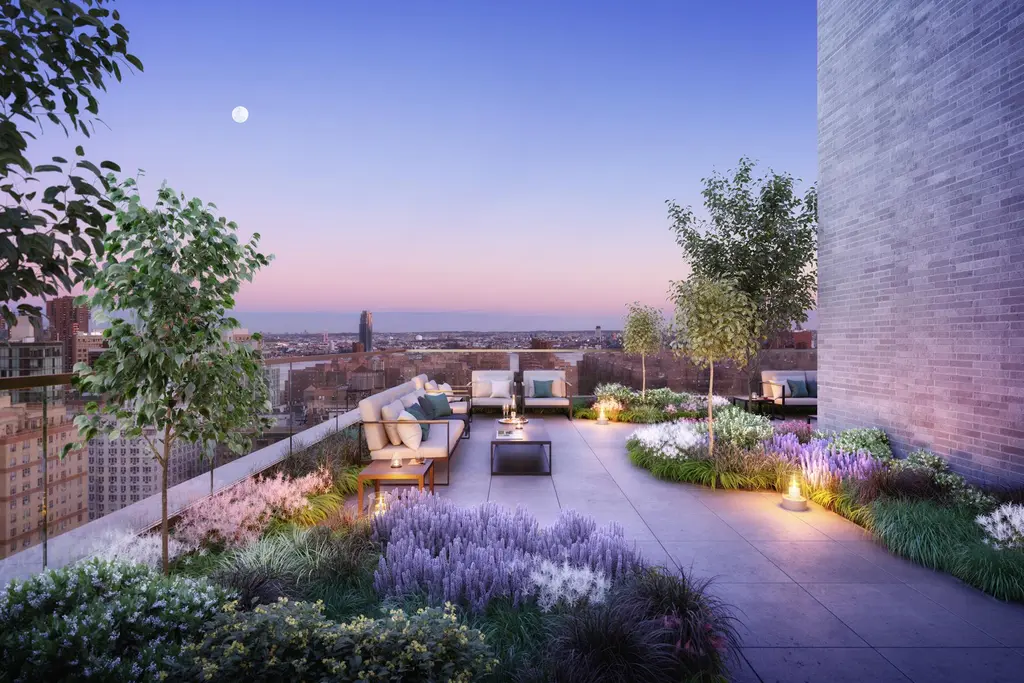
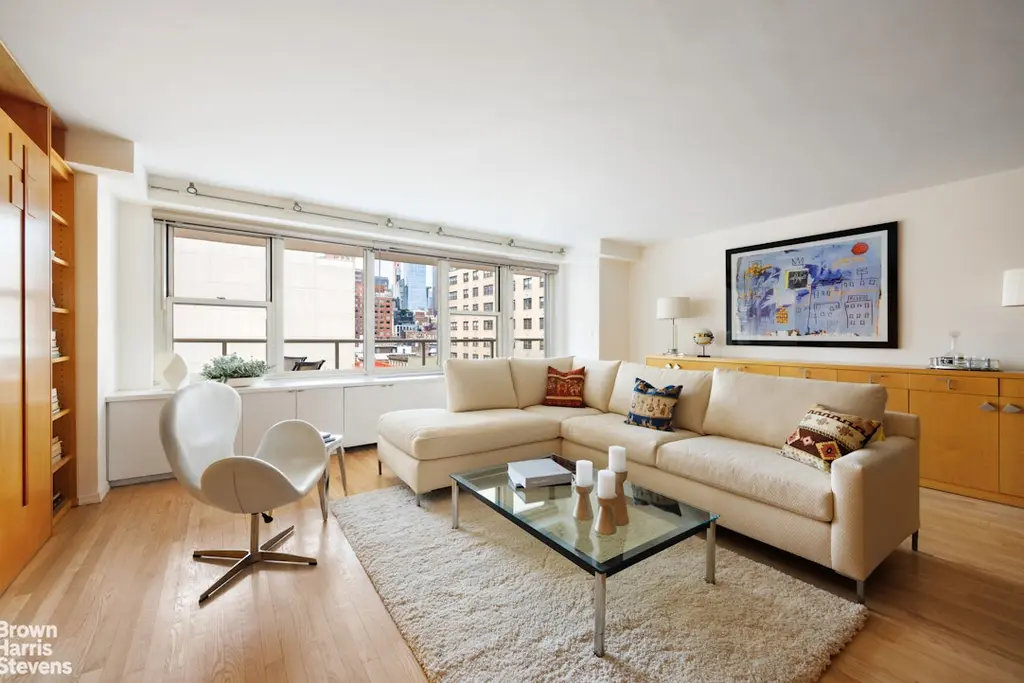
The New York Towers, #11C (Brown Harris Stevens Residential Sales LLC)
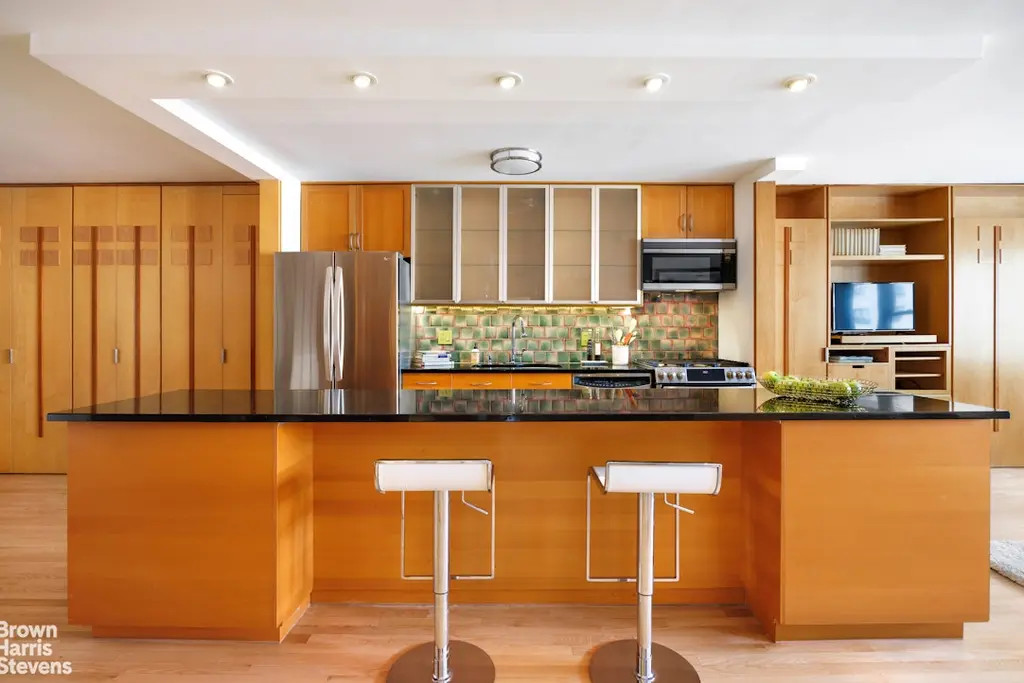

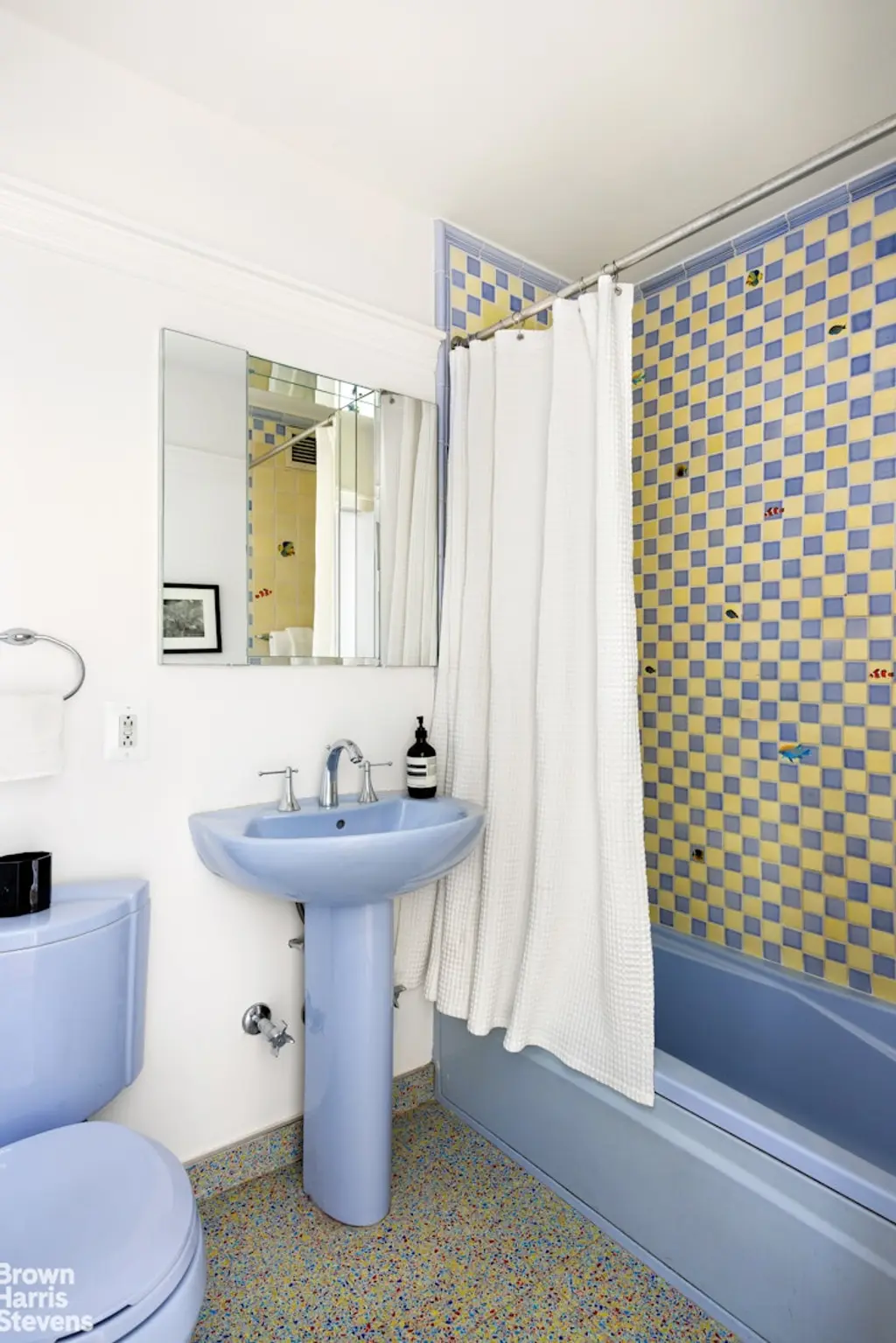

11 Hoyt, #28H (Corcoran Group)
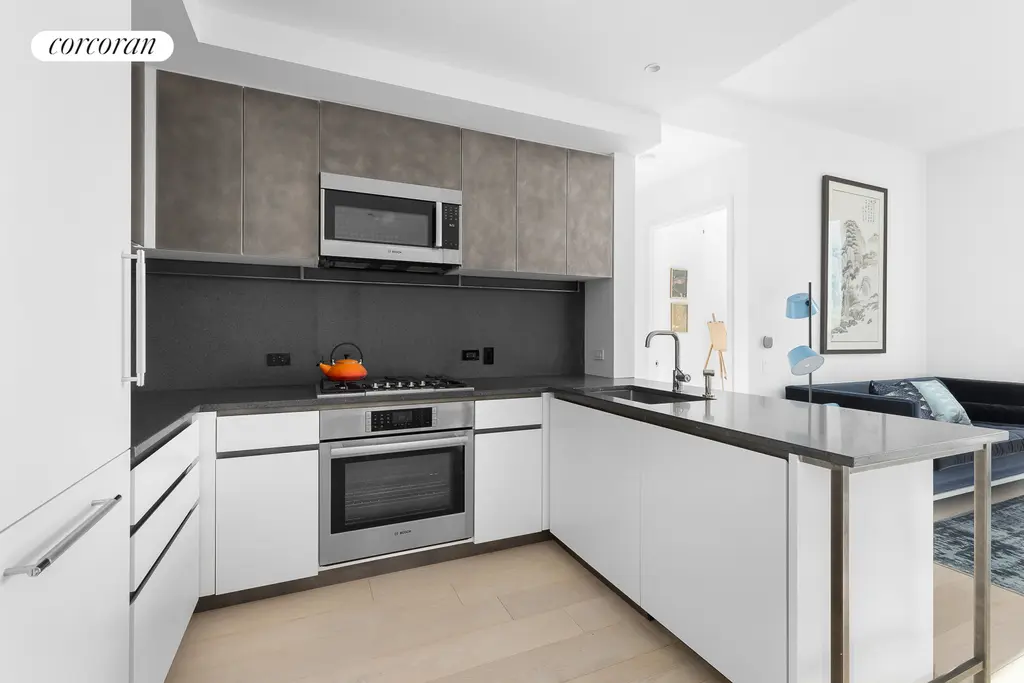
77 Greenwich Street, #25B
$1,749,000
Financial District | Condominium | 1 Bedroom, 1.5 Baths | 842 ft2
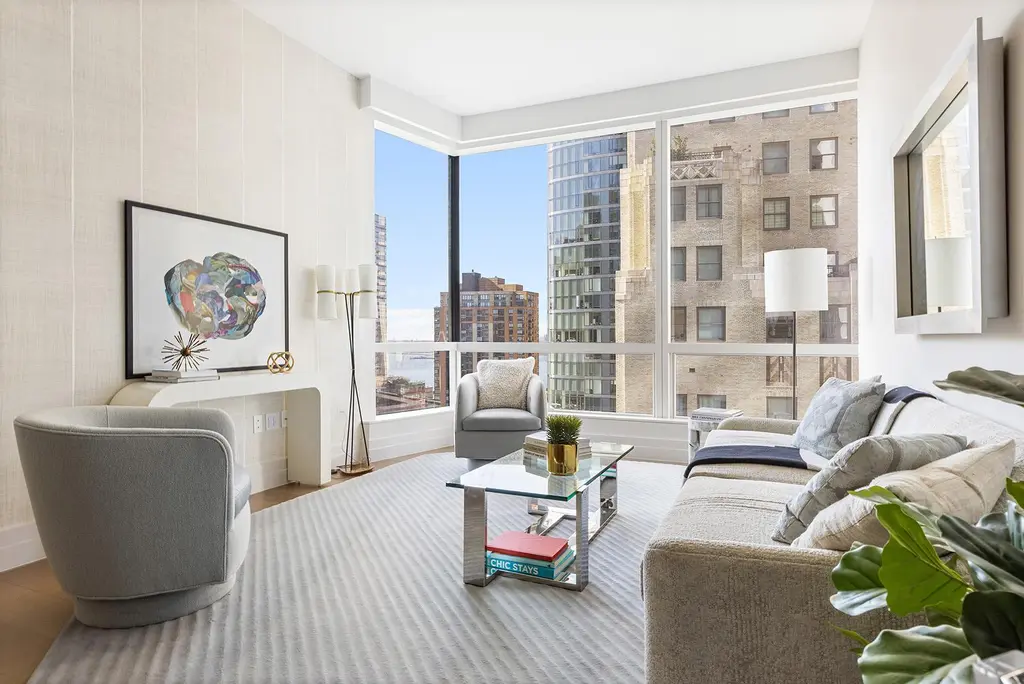
77 Greenwich Street, #25B (Reuveni LLC)
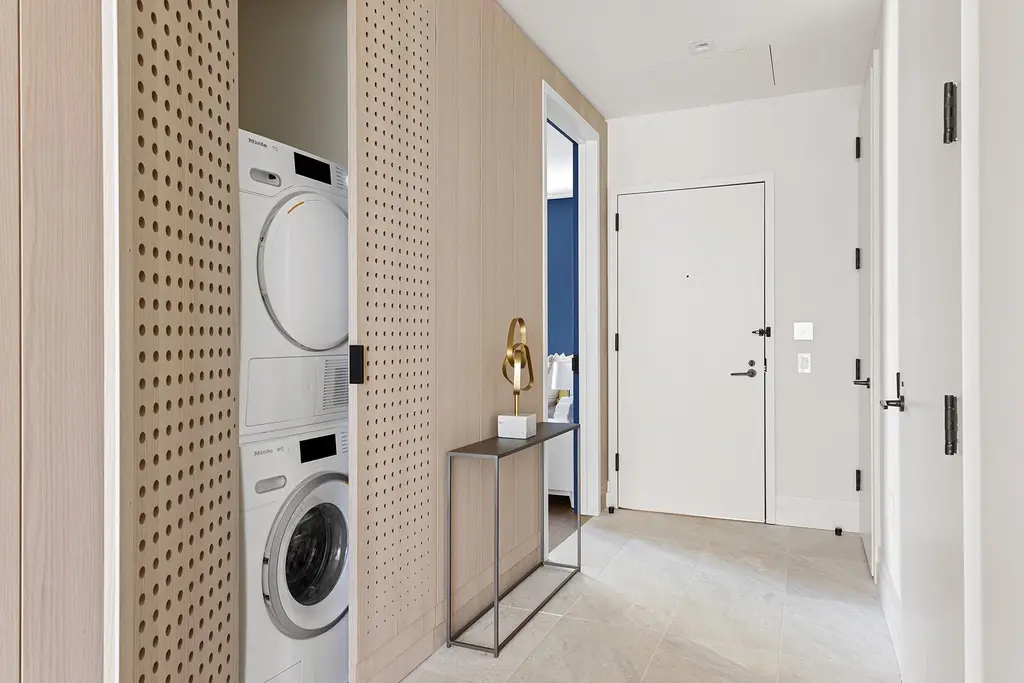

Riverhouse - One Rockefeller Park, #9C
$1,795,000 (-4.3%)
Battery Park City | Condominium | 2 Bedrooms, 2 Baths | 1,088 ft2
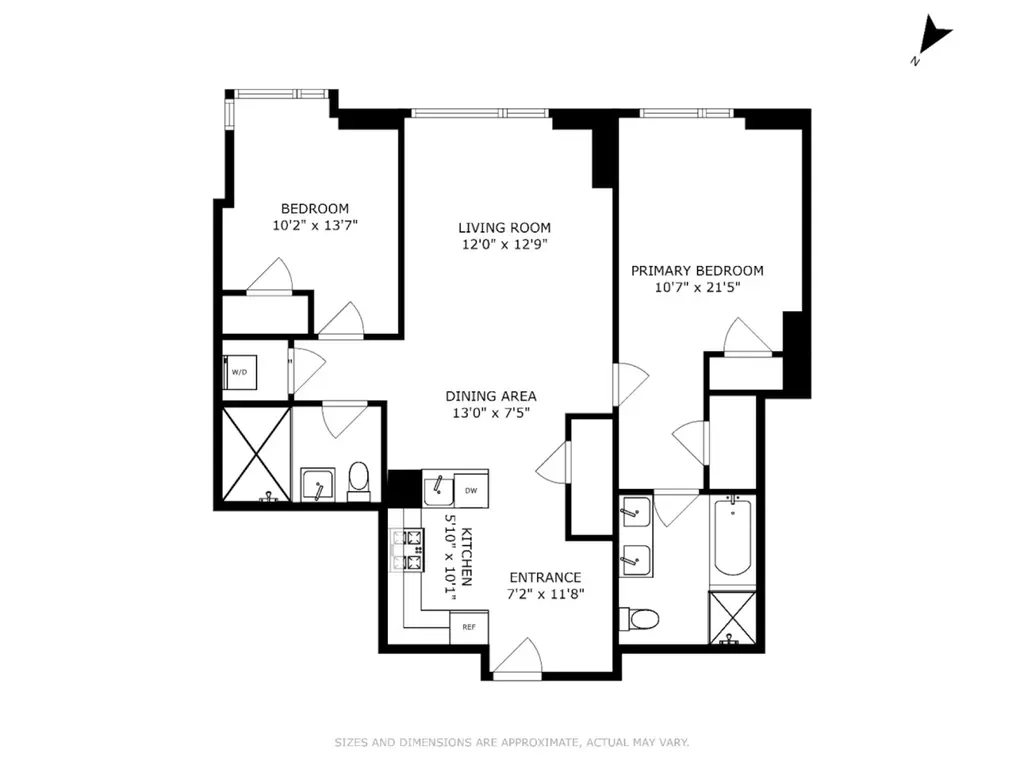
Riverhouse - One Rockefeller Park, #9C (Corcoran Group)
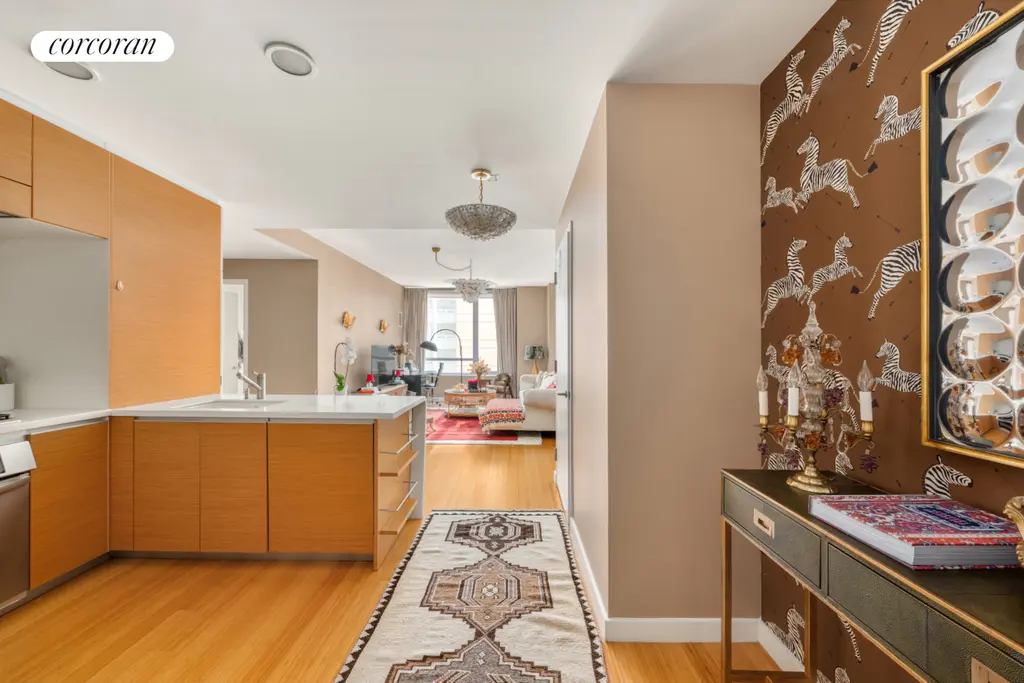
255 Columbia Street, #S4
$2,075,000
Carroll Gardens | Condominium | 3 Bedrooms, 2.5 Baths | 1,253 ft2
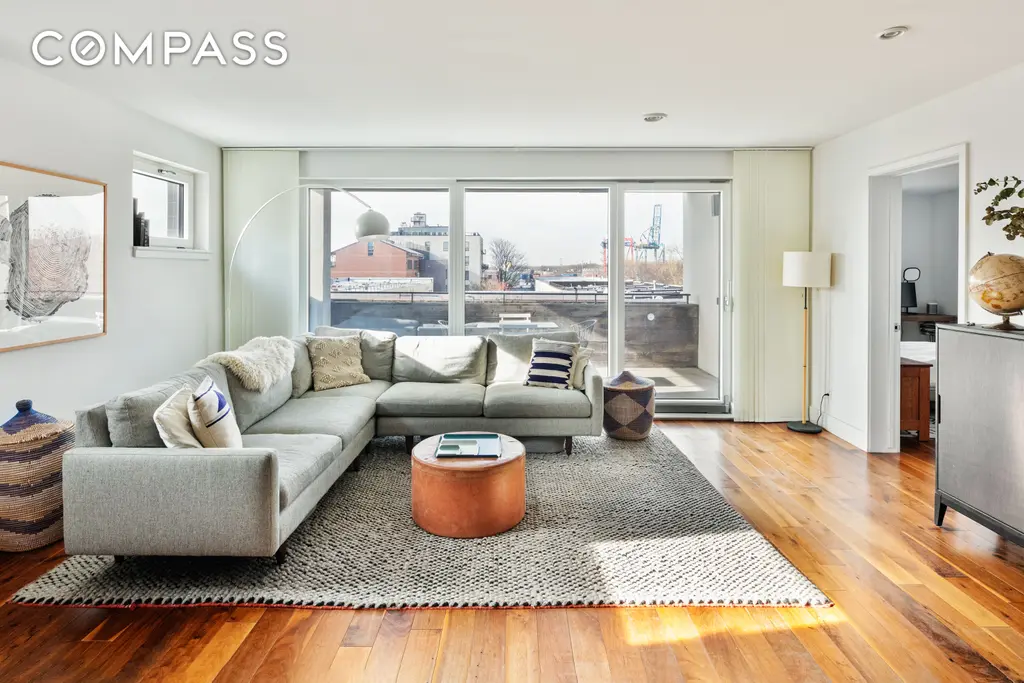
255 Columbia Street, #S4 (Compass)
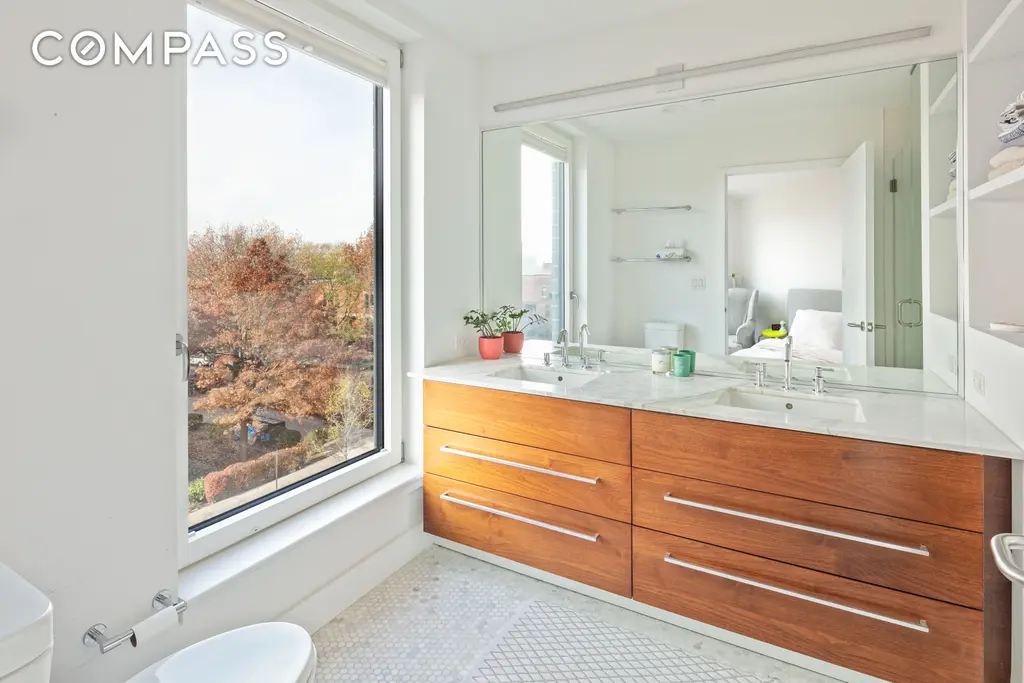
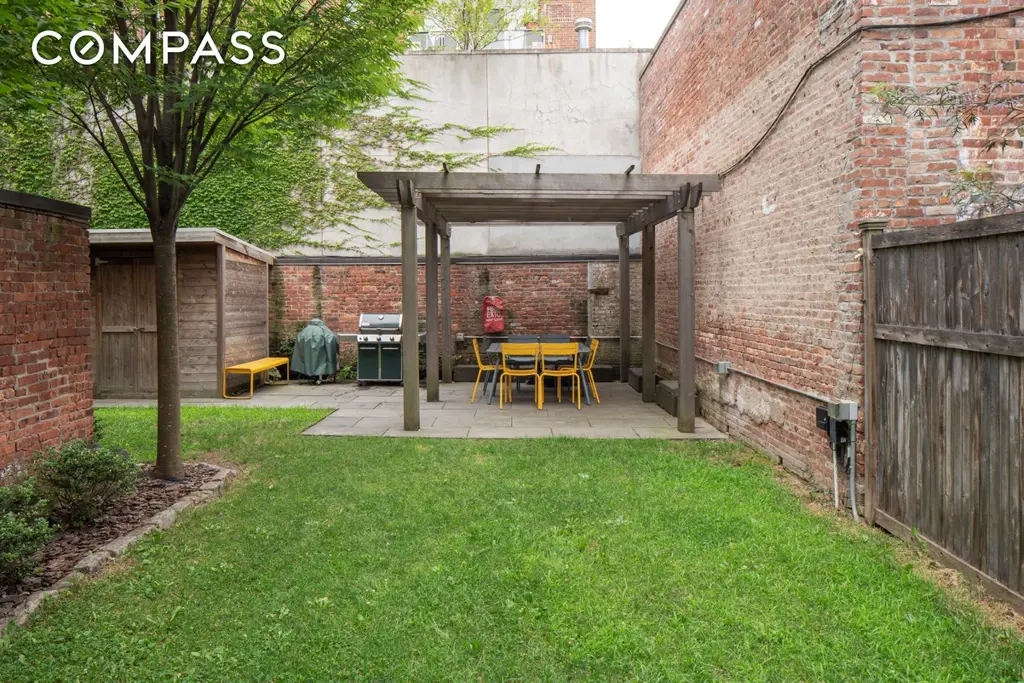
324 West 108th Street, #22
$2,100,000
Riverside Dr./West End Ave. | Condominium | 2 Bedrooms, 2 Baths | 1,207 ft2
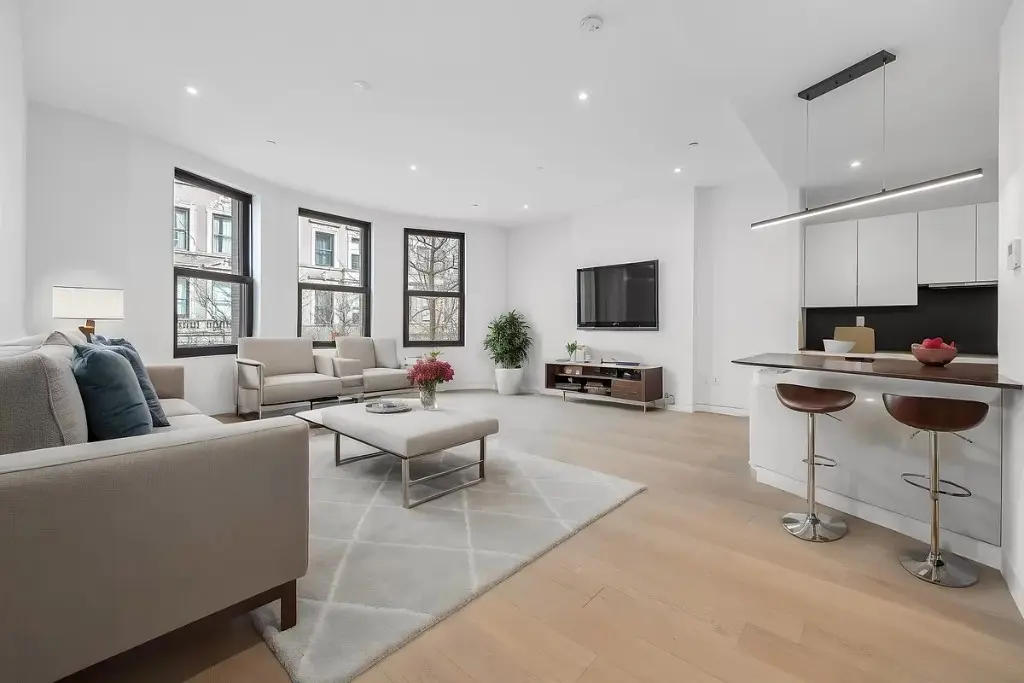
324 West 108th Street, #22 (Nestapple Inc)
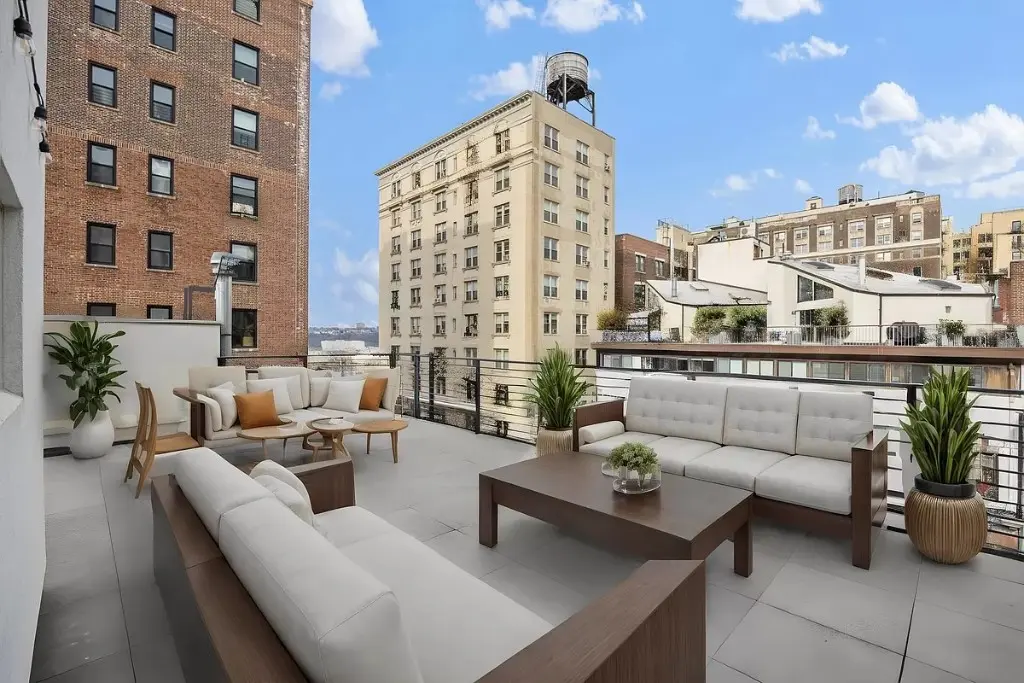
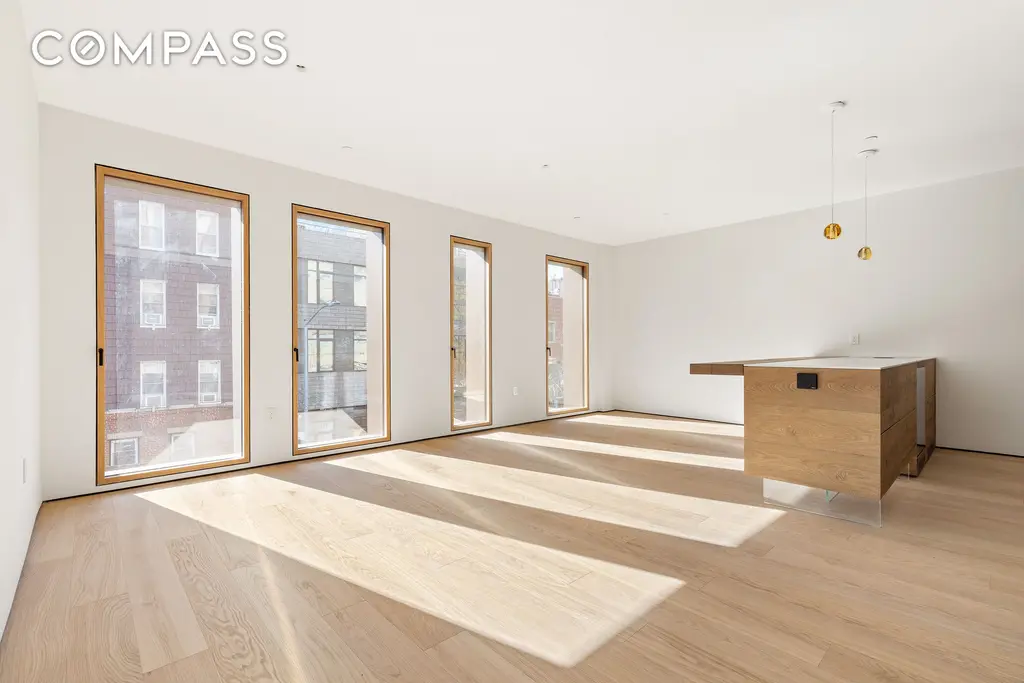
RoseBk, #3 (Compass)
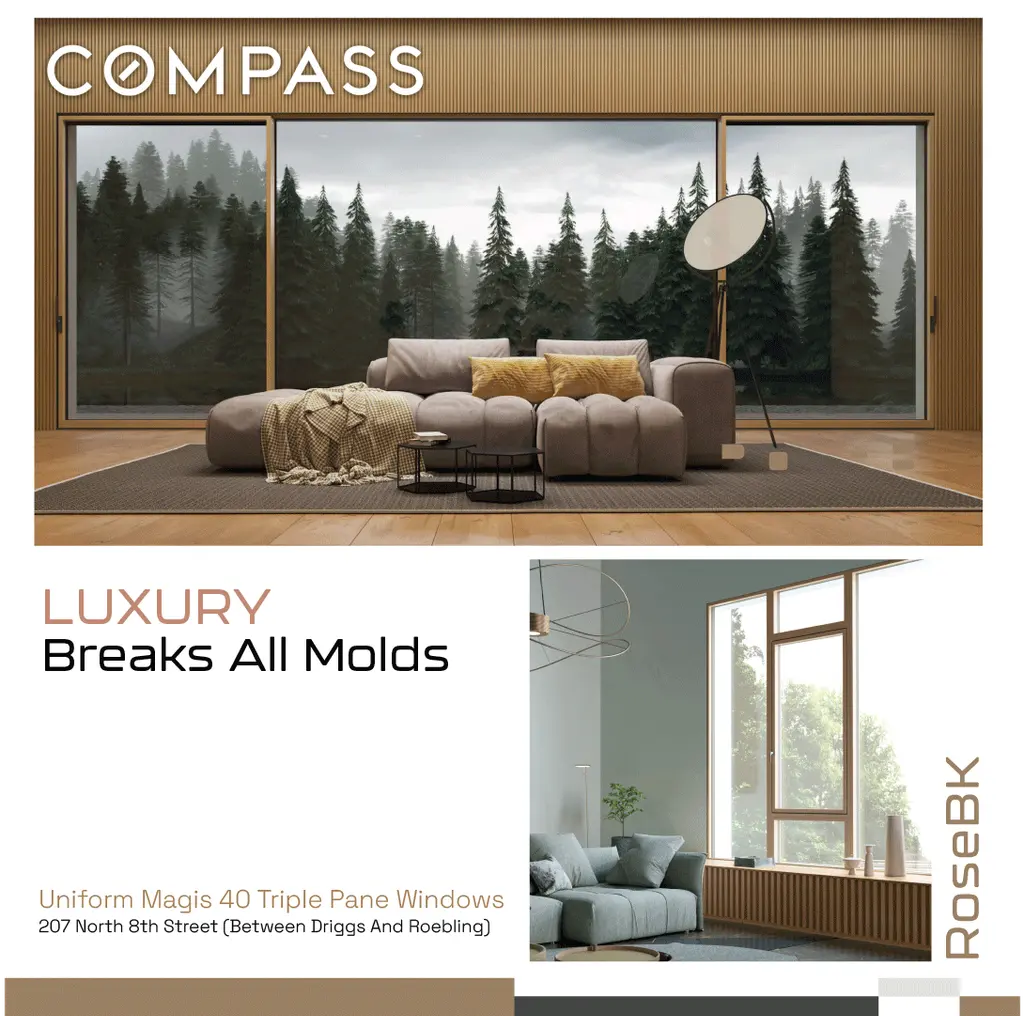

Hanover River House, #2A (Douglas Elliman Real Estate)
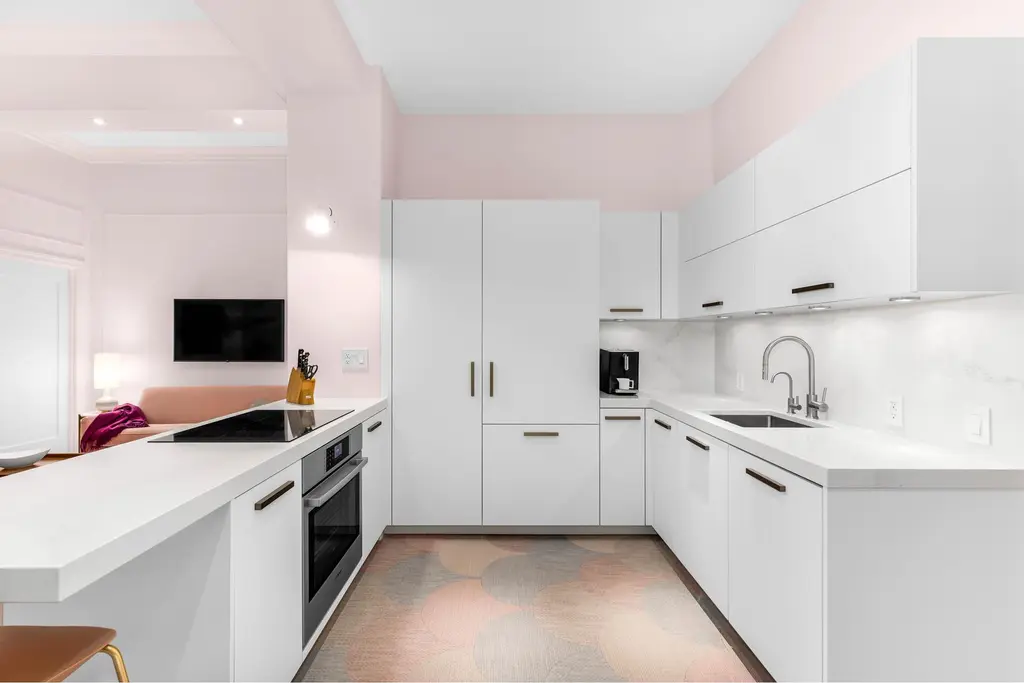
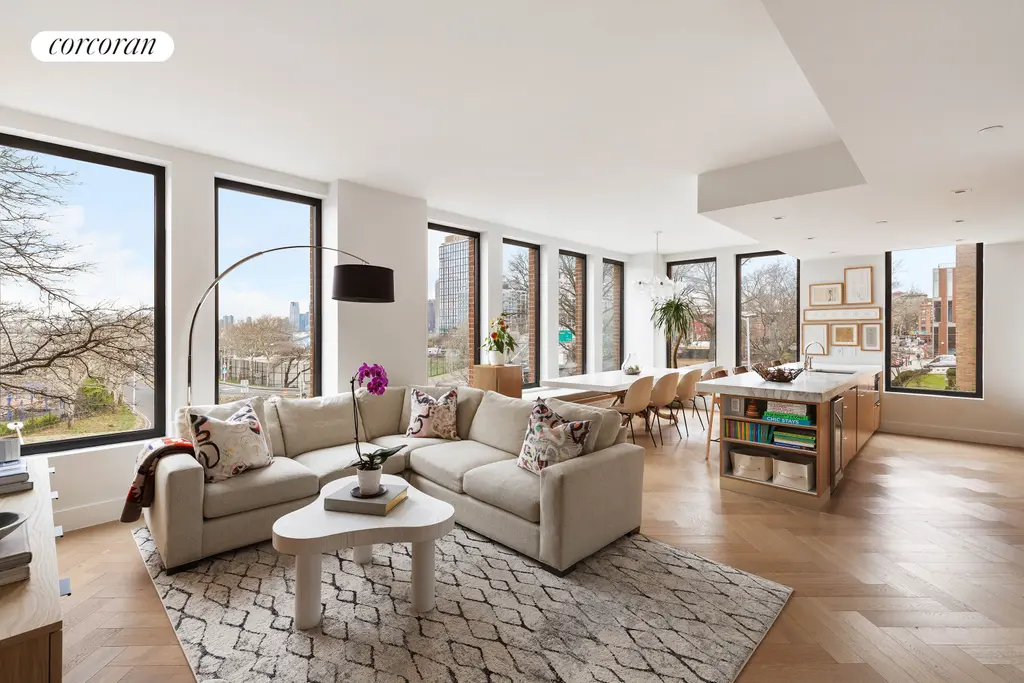
The Cobble Hill House, #3B (Corcoran Group)
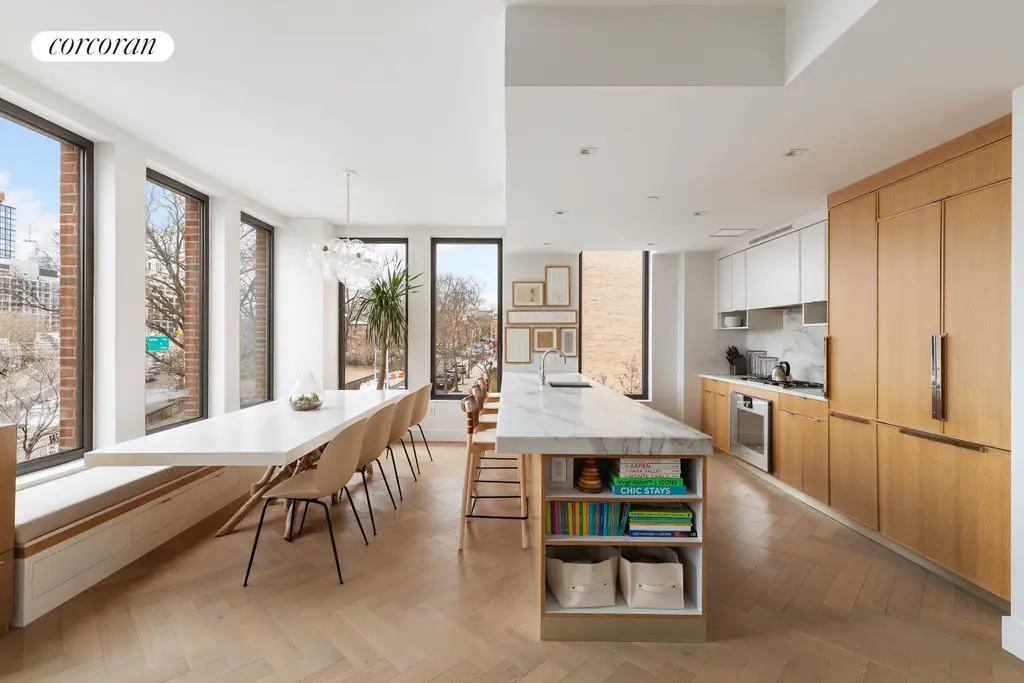
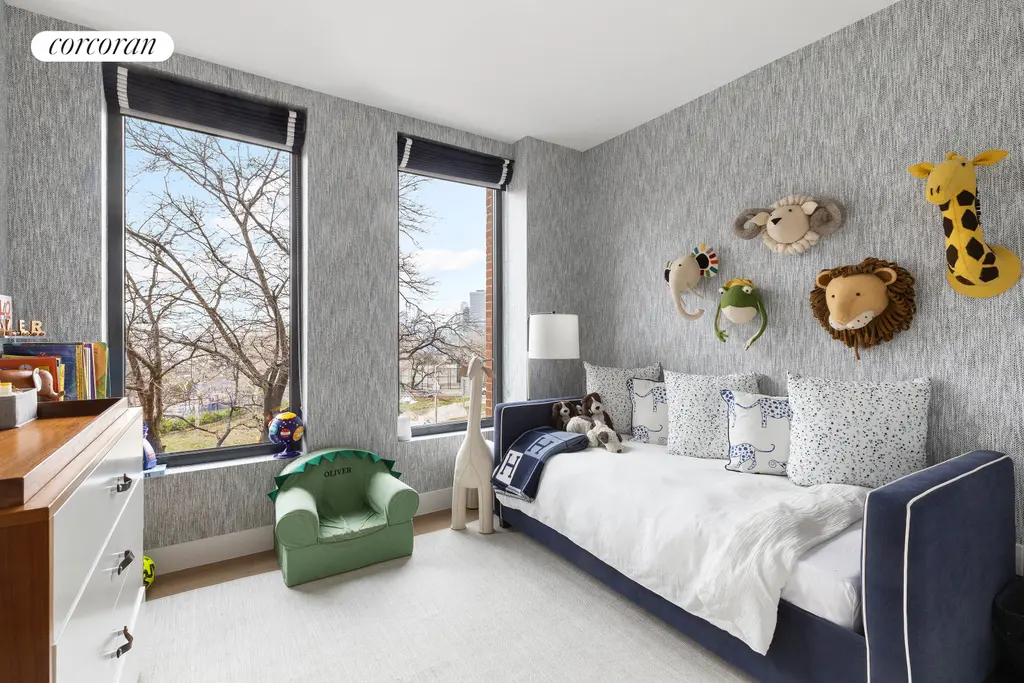

The Solaire, #3M (Corcoran Sunshine Marketing Group)
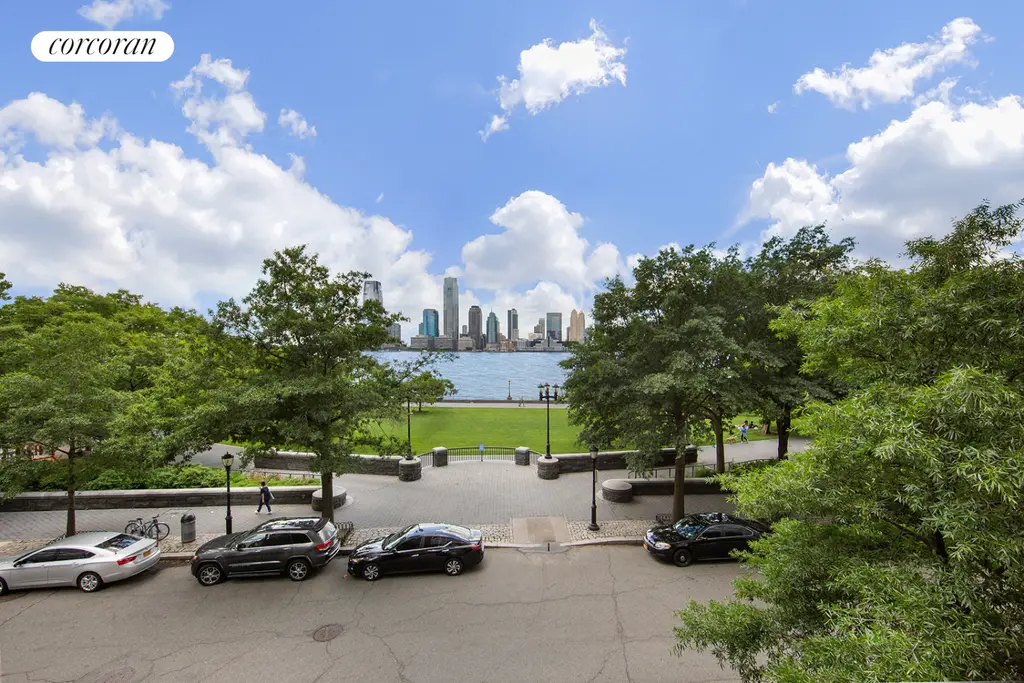
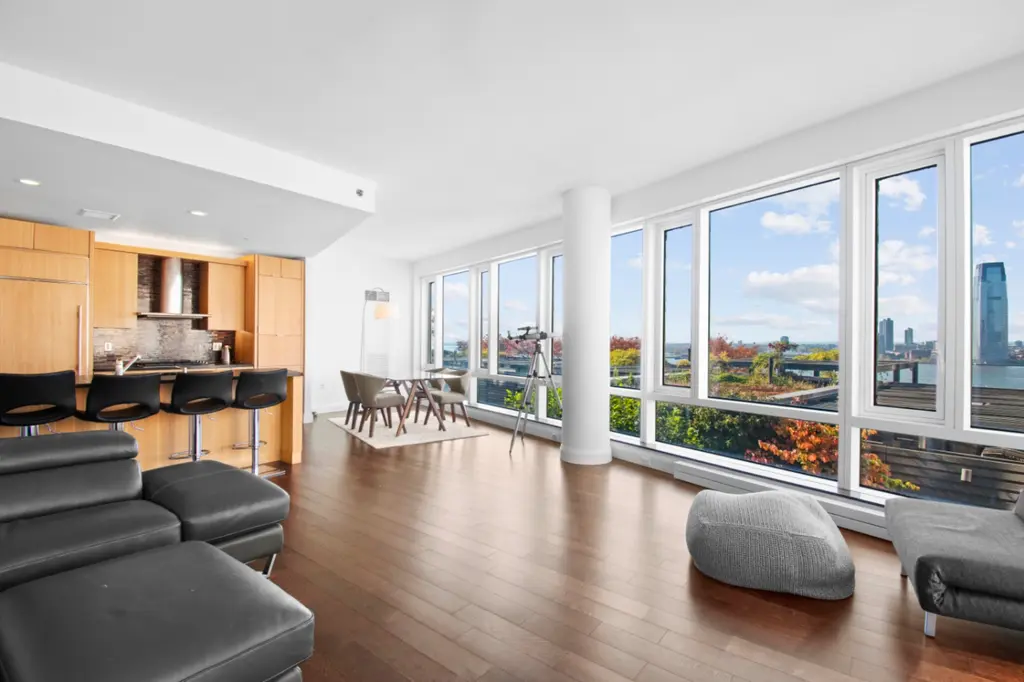
The Visionaire, #14C (HomeDax Real Estate LLC)
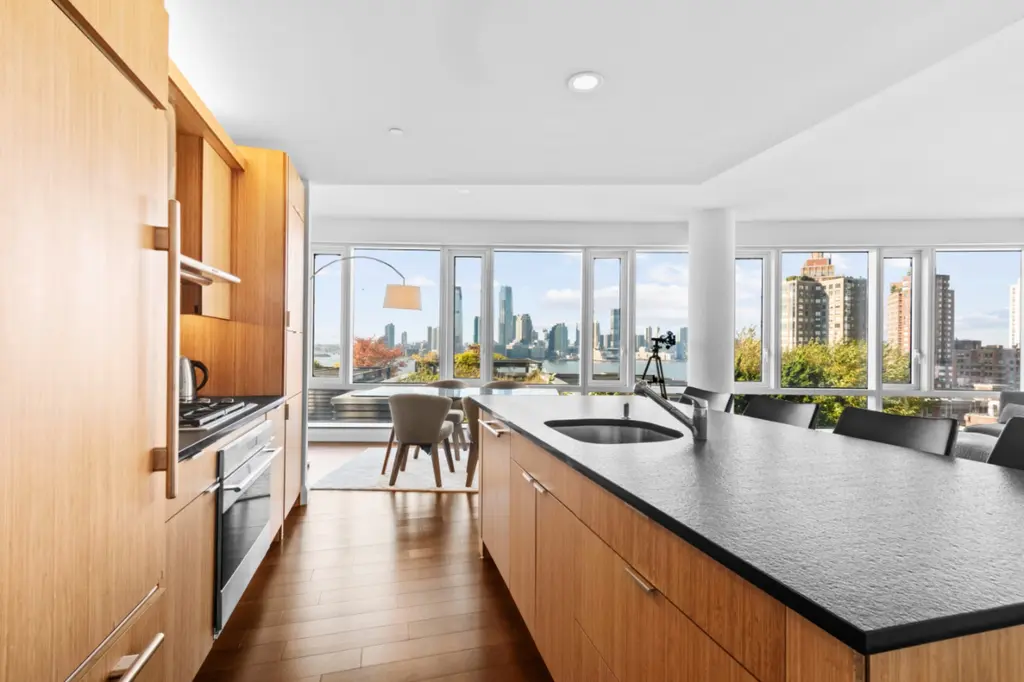
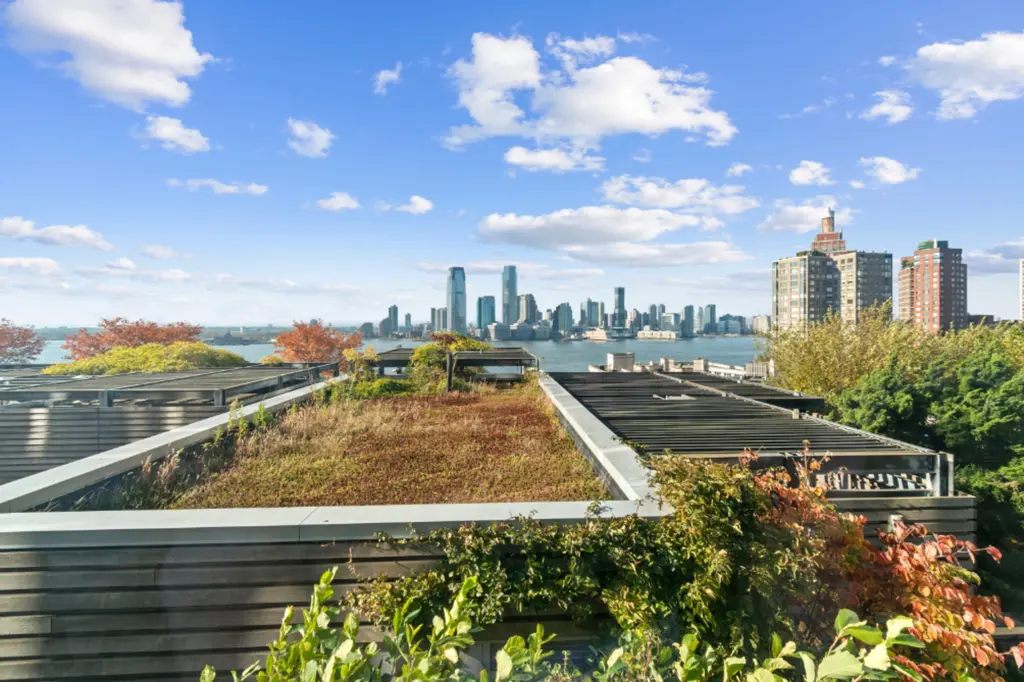
Would you like to tour any of these properties?
Just complete the info below.
Or call us at (212) 755-5544
Would you like to tour any of these properties?

Contributing Writer
Cait Etherington
Cait Etherington has over twenty years of experience working as a journalist and communications consultant. Her articles and reviews have been published in newspapers and magazines across the United States and internationally. An experienced financial writer, Cait is committed to exposing the human side of stories about contemporary business, banking and workplace relations. She also enjoys writing about trends, lifestyles and real estate in New York City where she lives with her family in a cozy apartment on the twentieth floor of a Manhattan high rise.

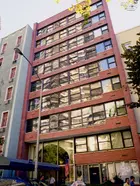
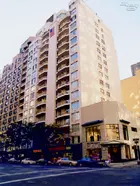

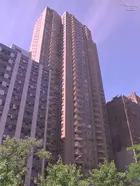
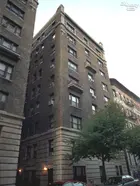
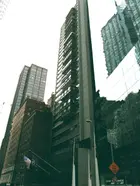
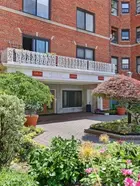
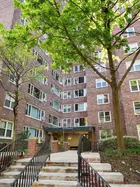
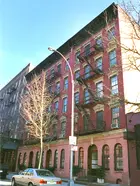
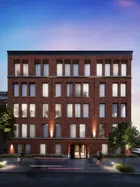
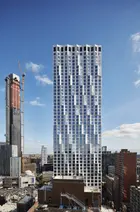
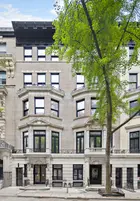
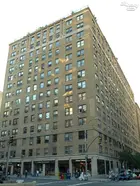
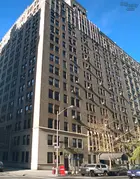
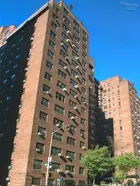
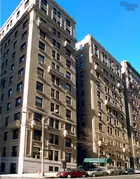
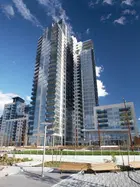
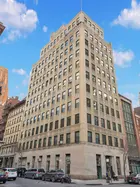
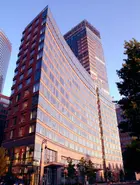
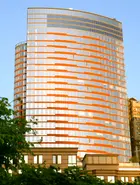

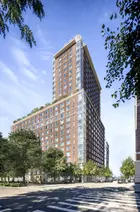
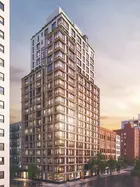
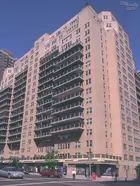
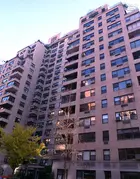
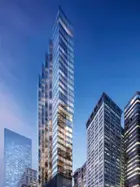
 6sqft delivers the latest on real estate, architecture, and design, straight from New York City.
6sqft delivers the latest on real estate, architecture, and design, straight from New York City.
